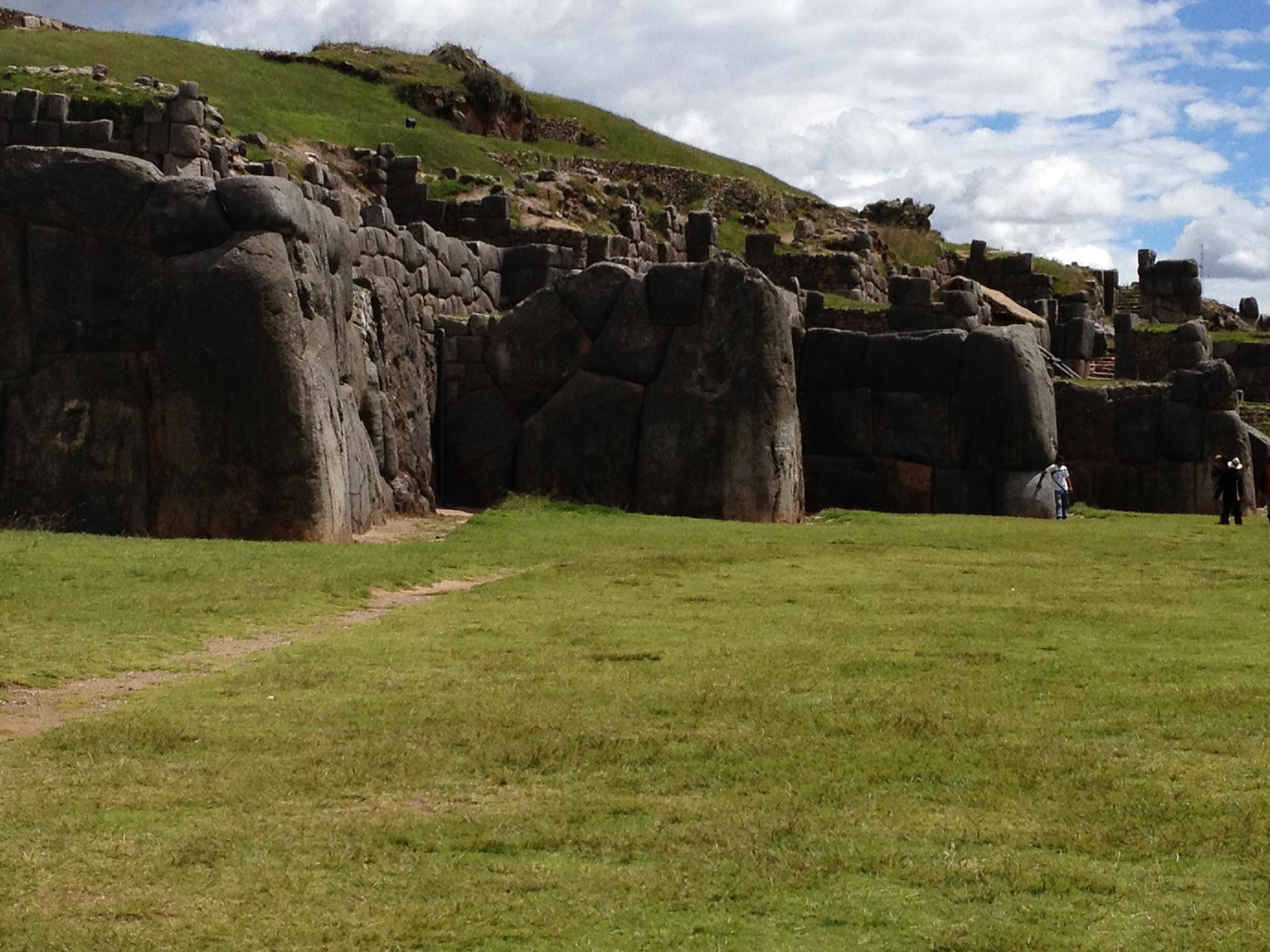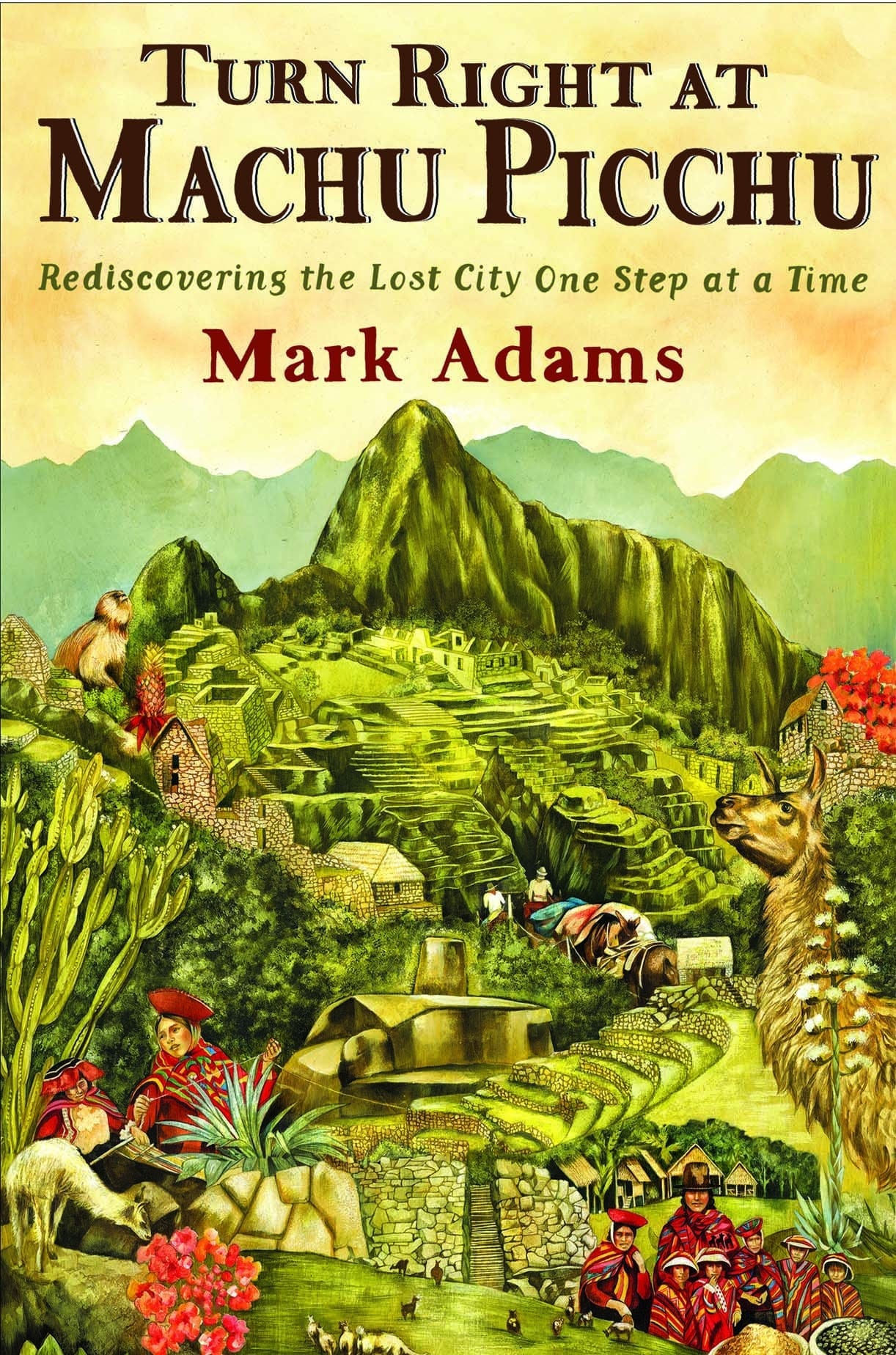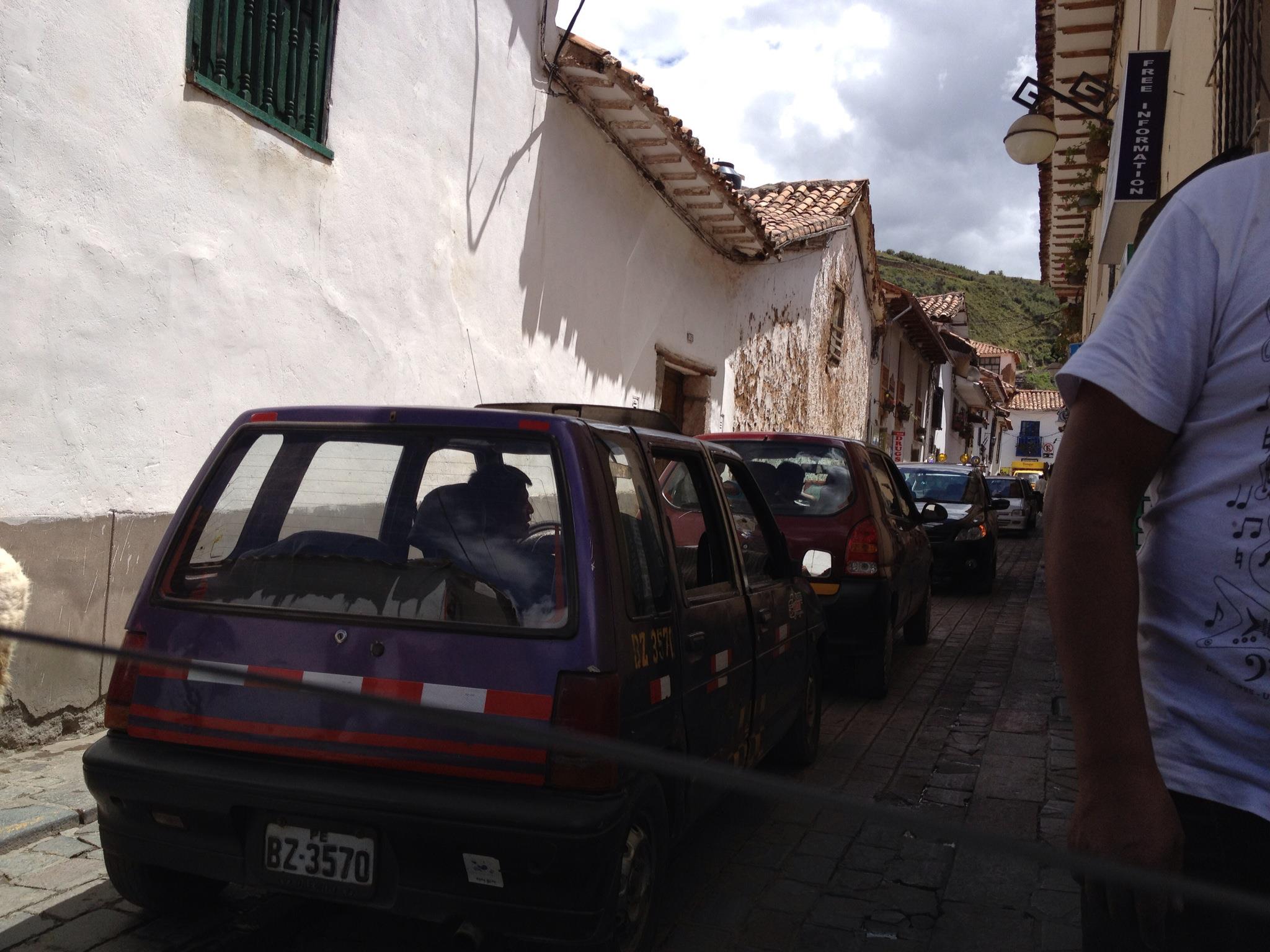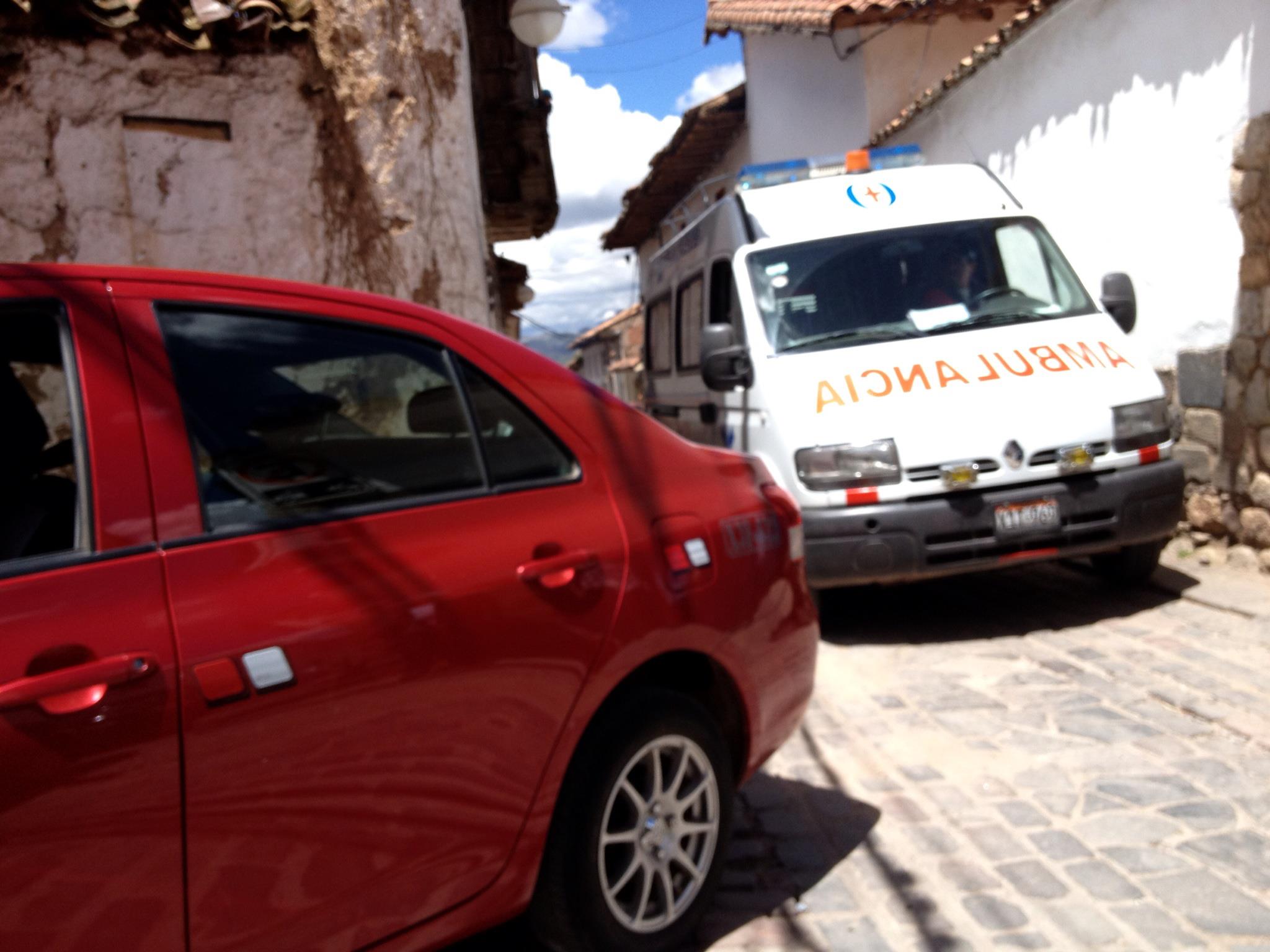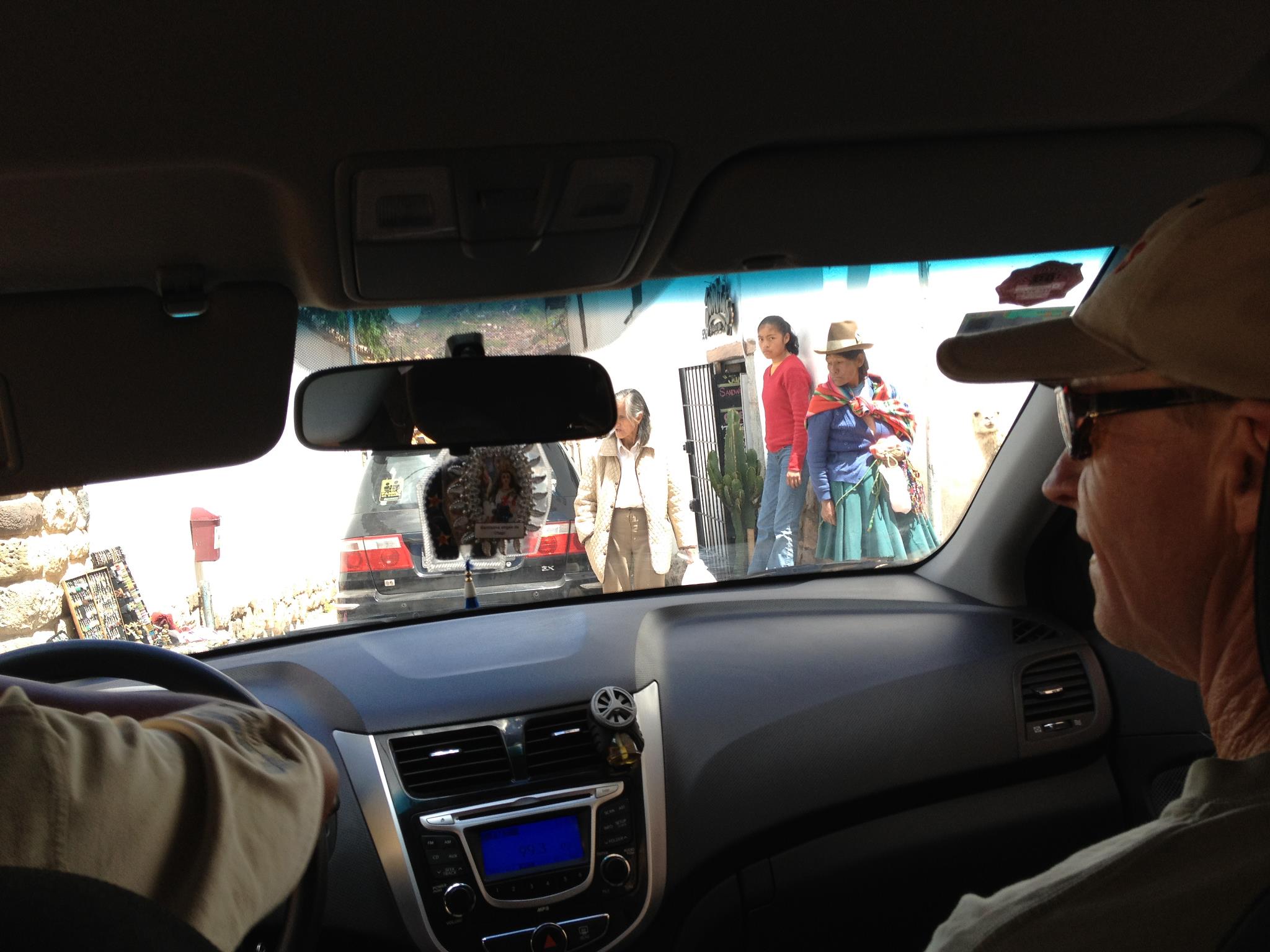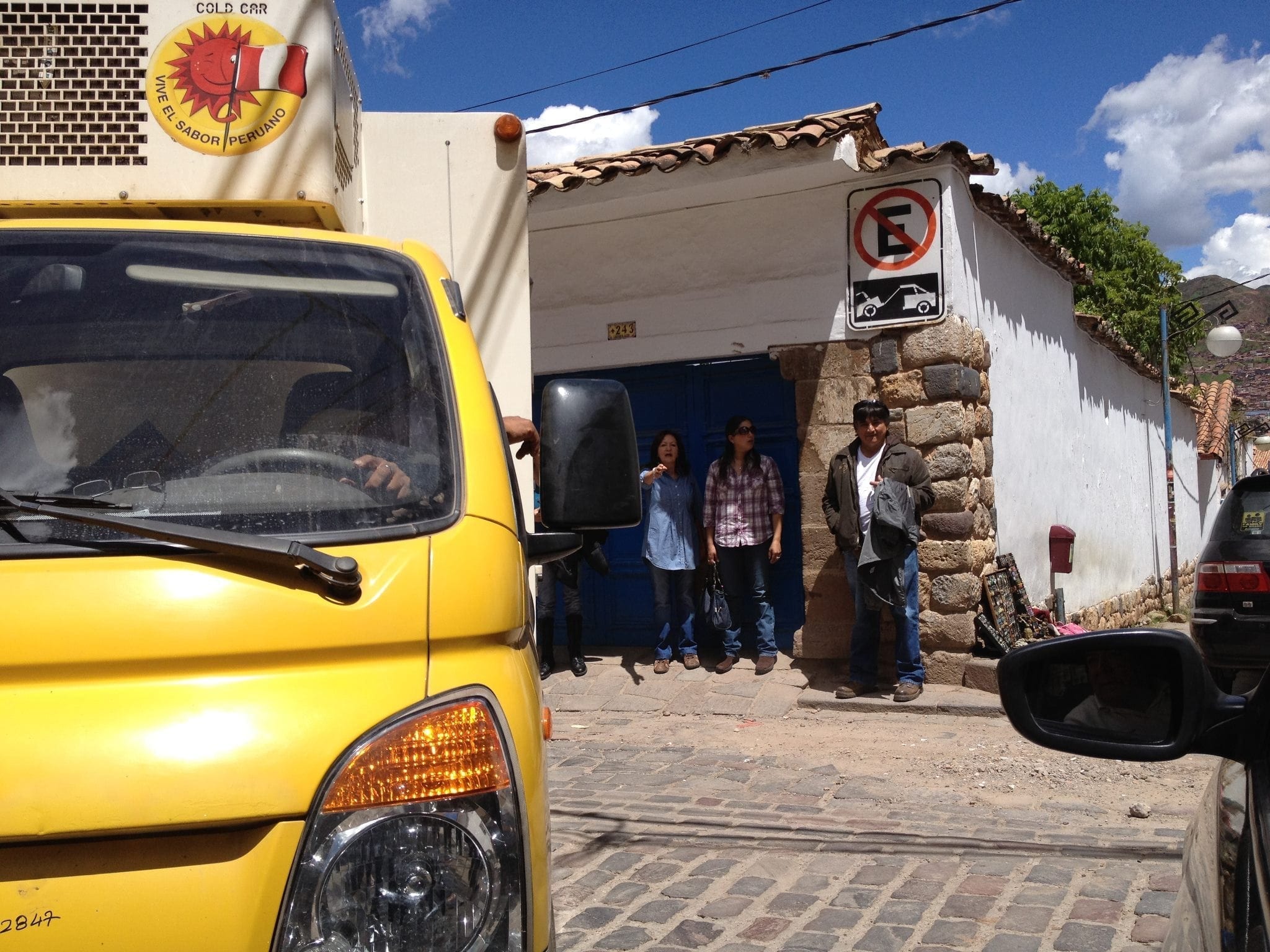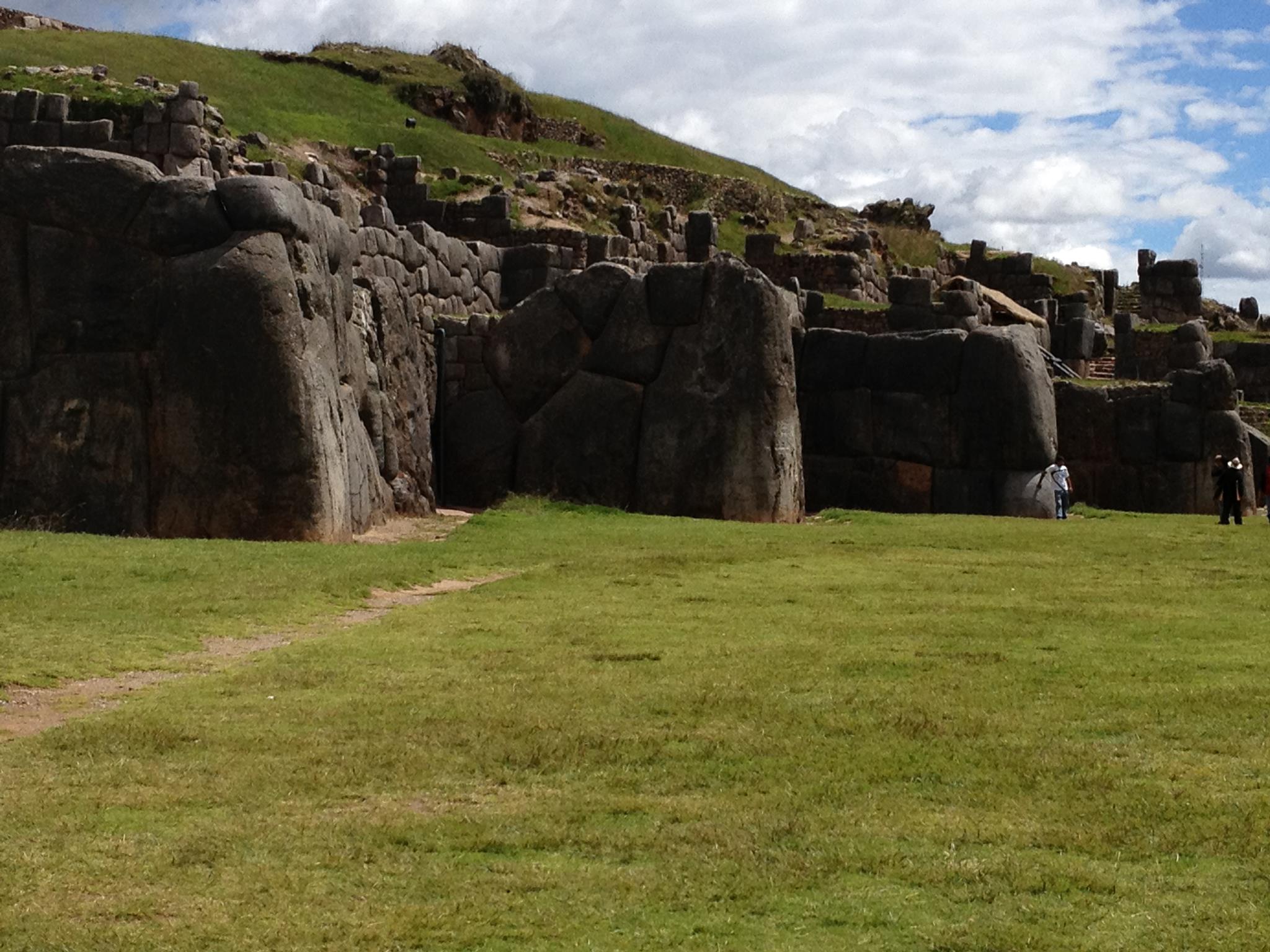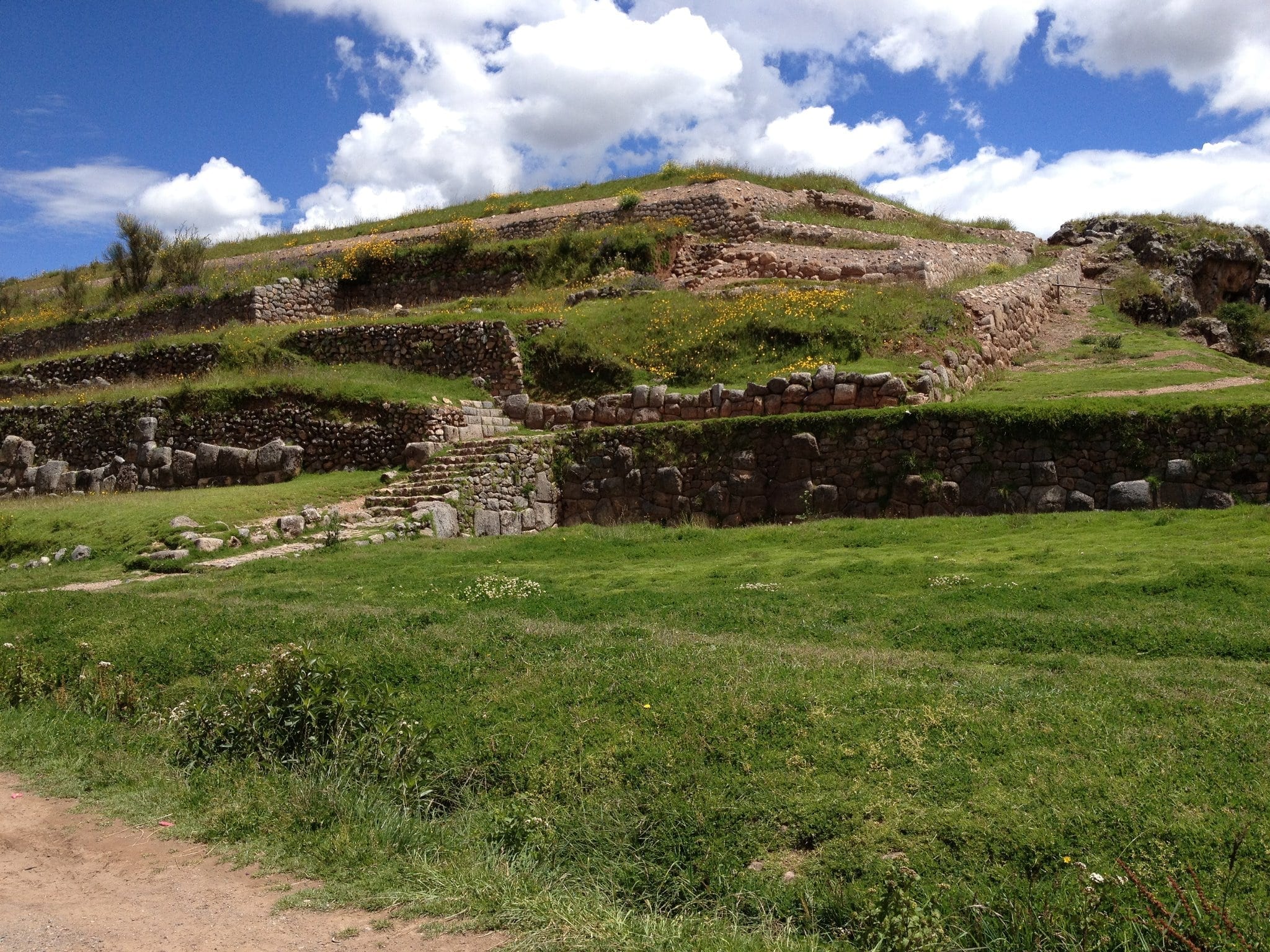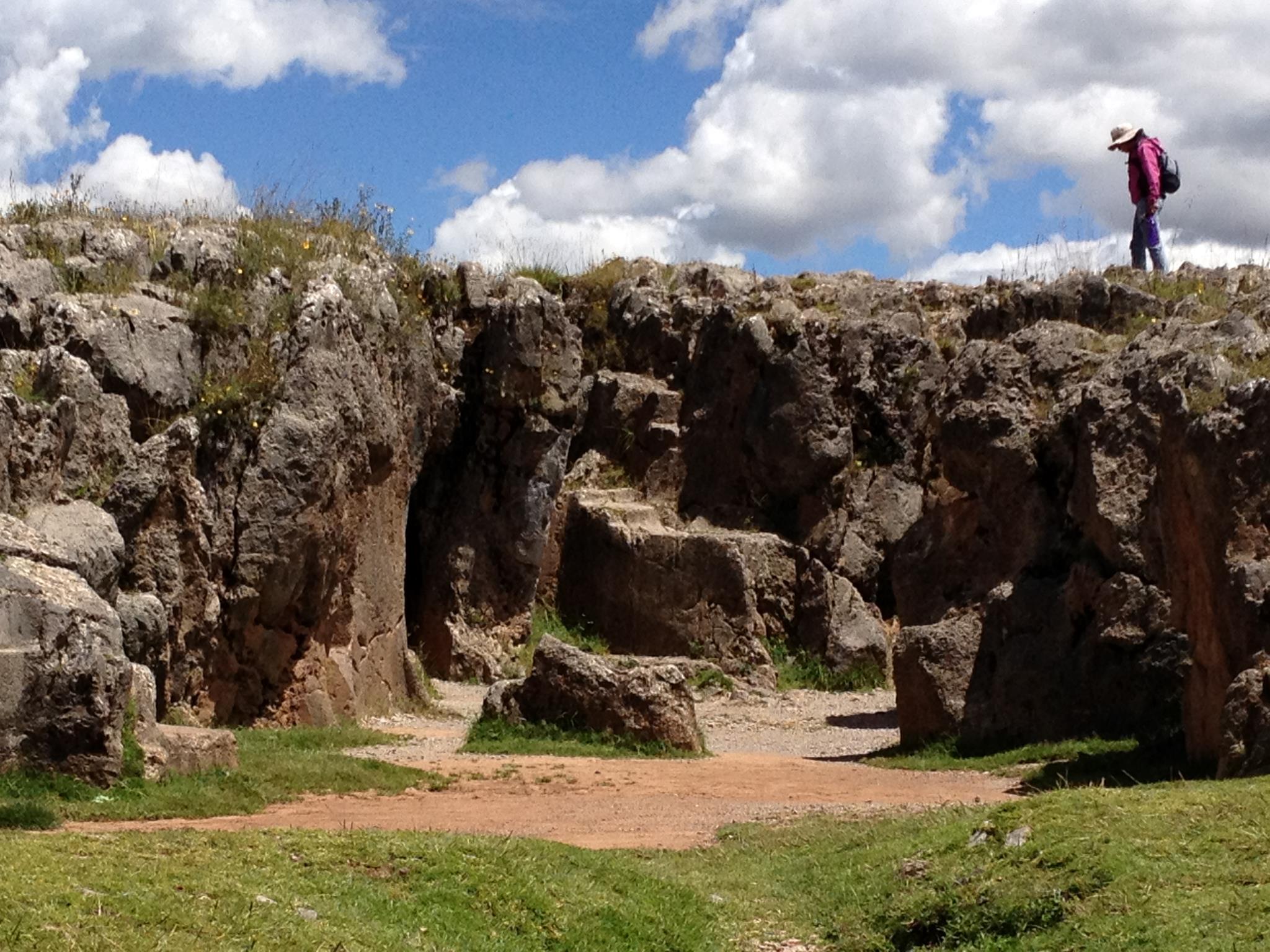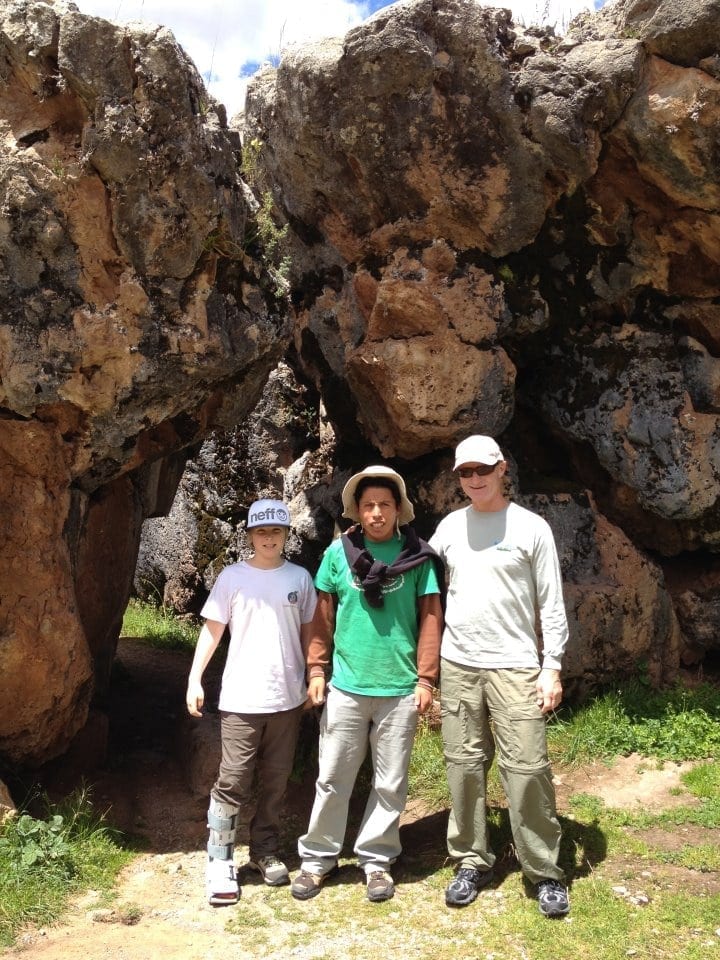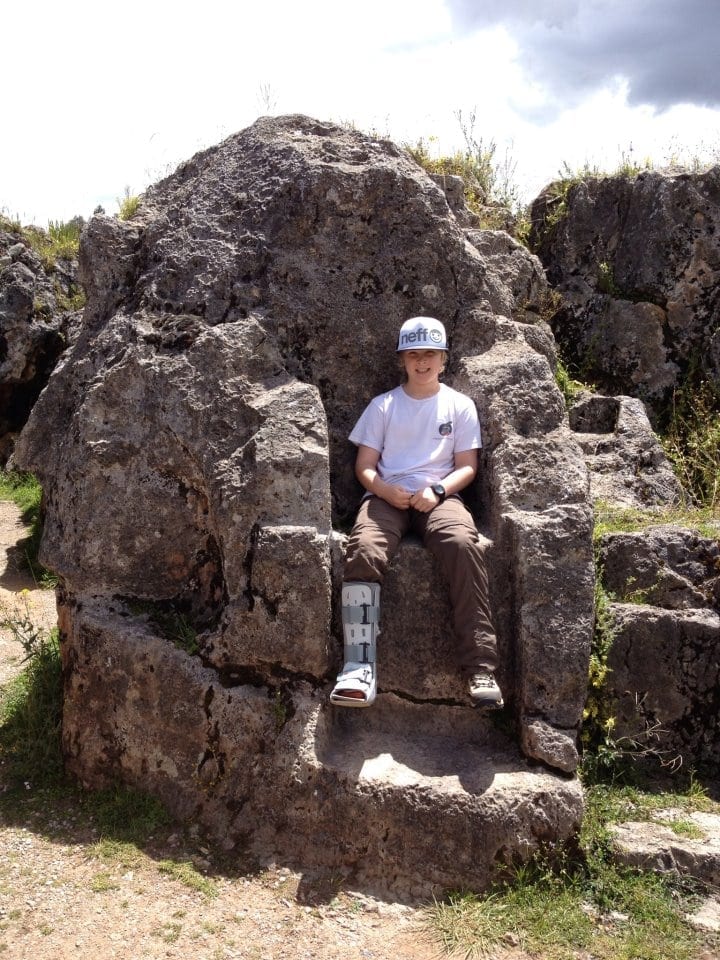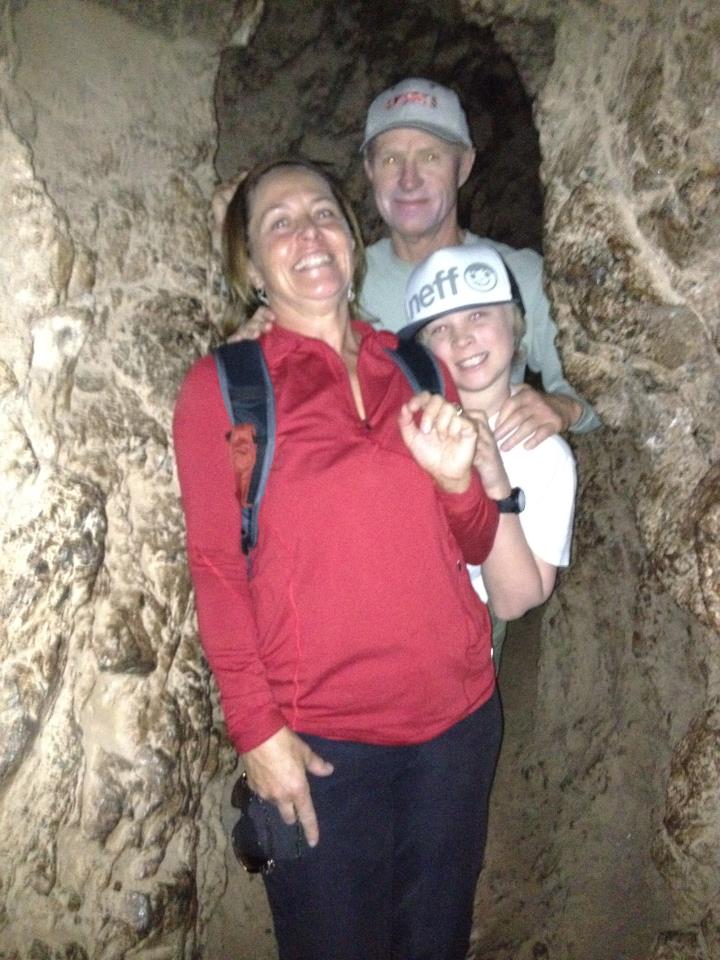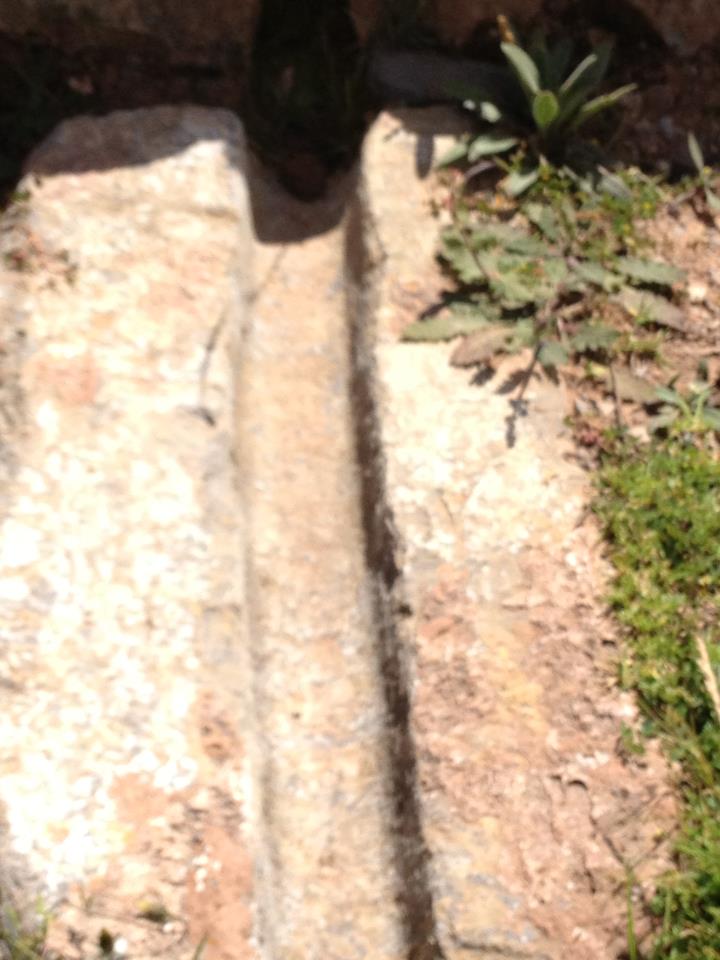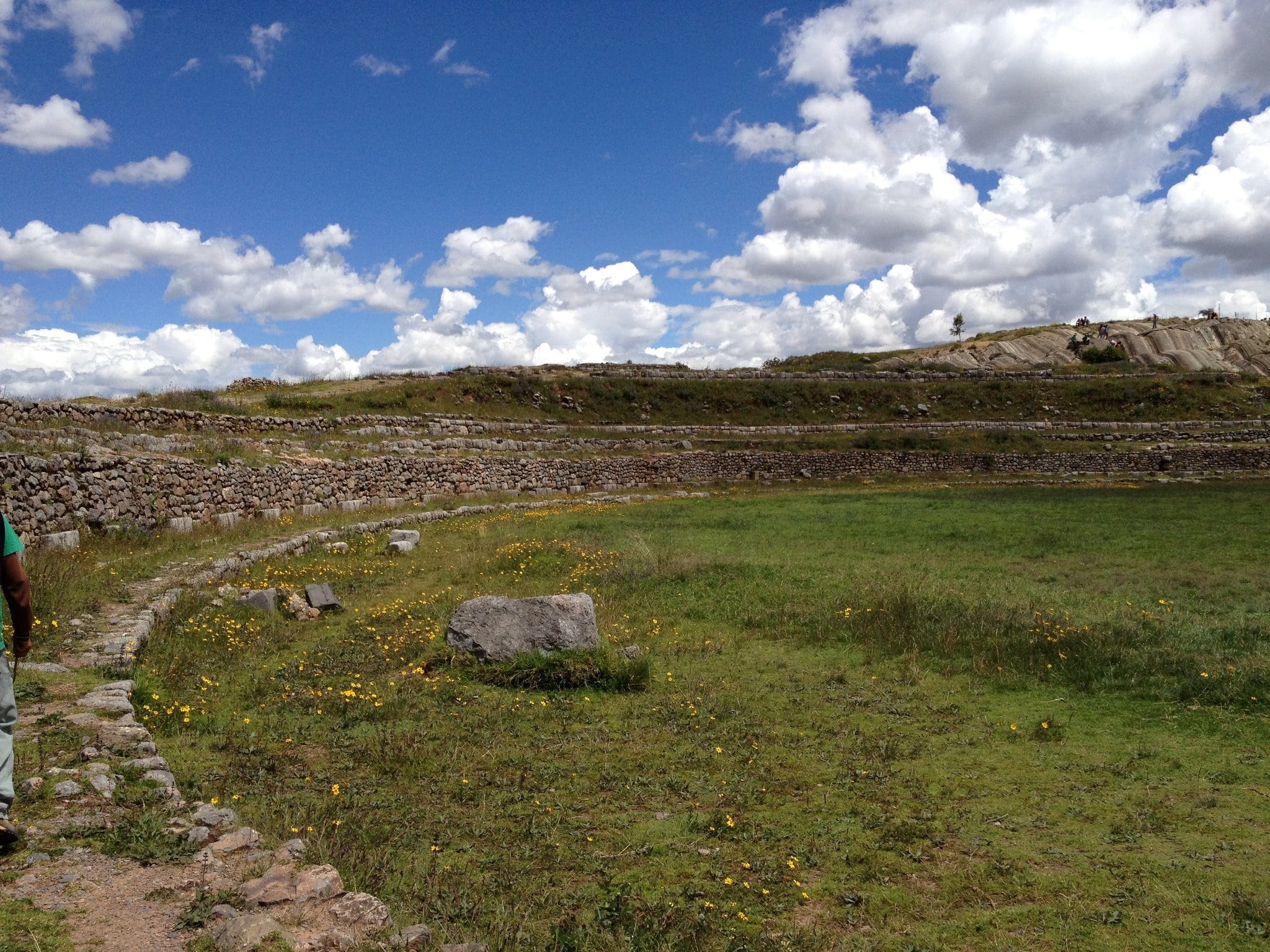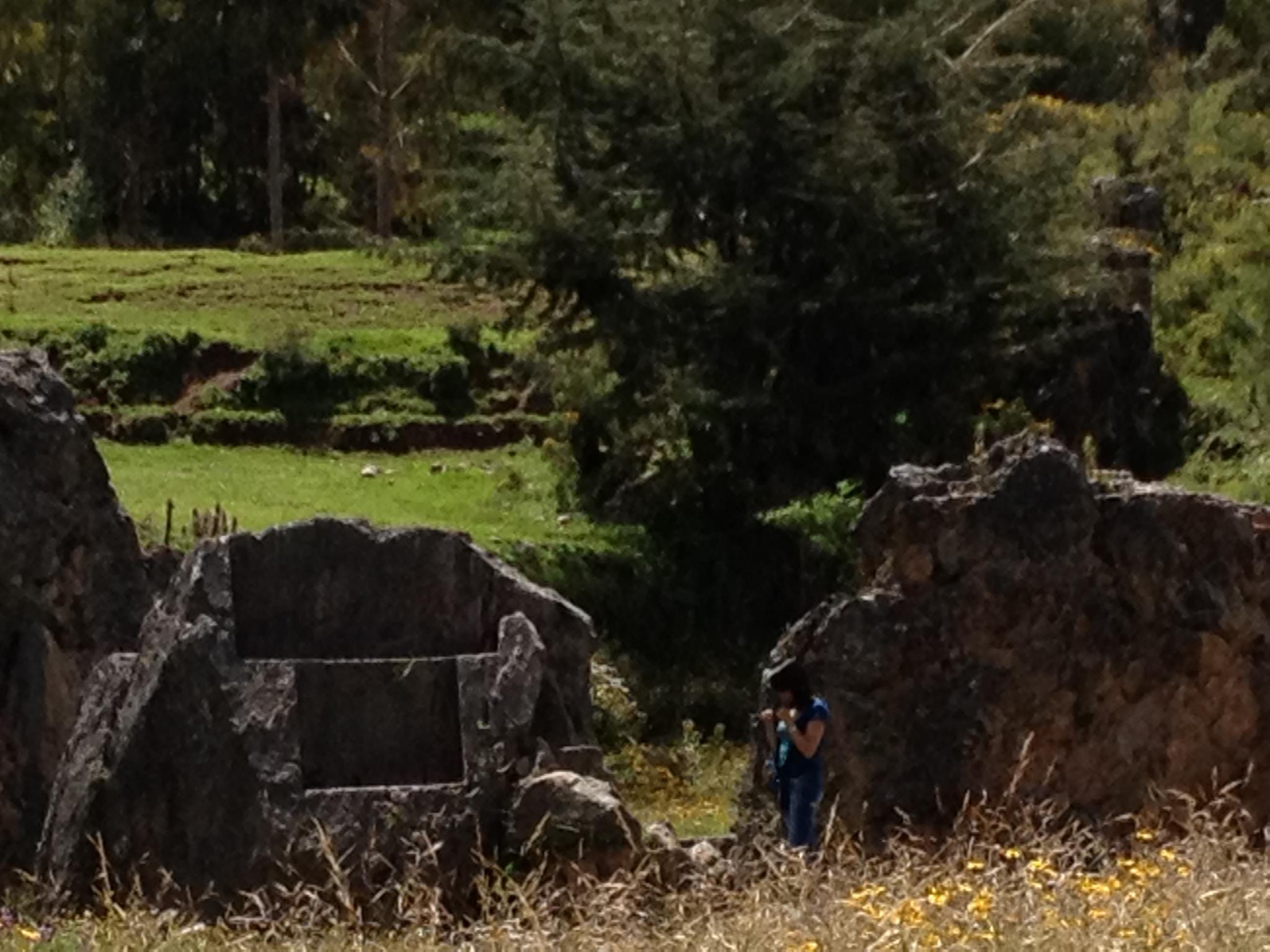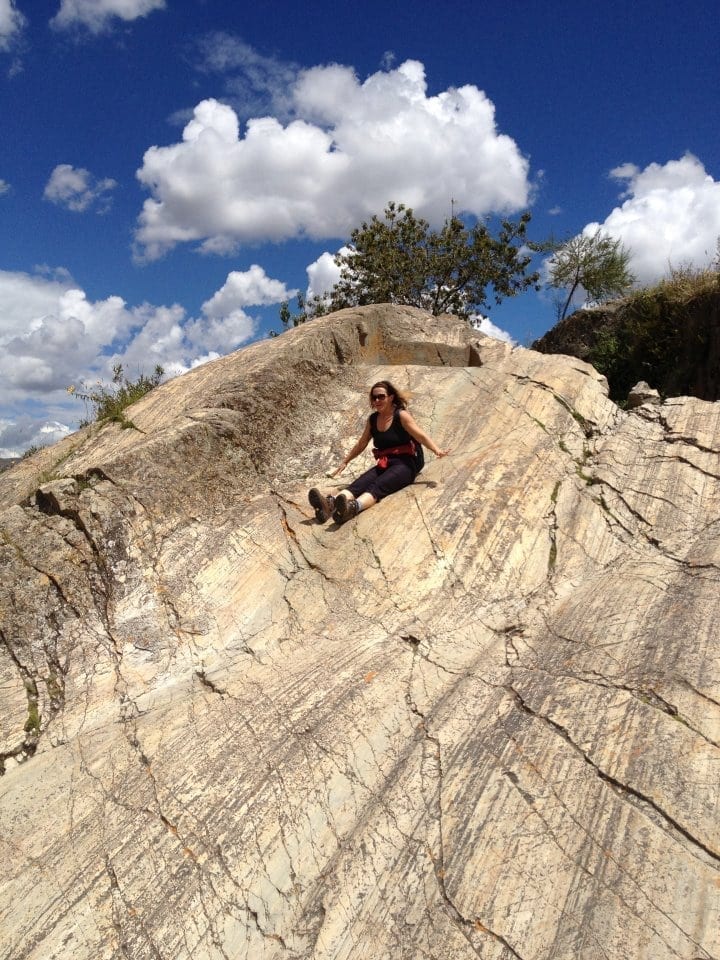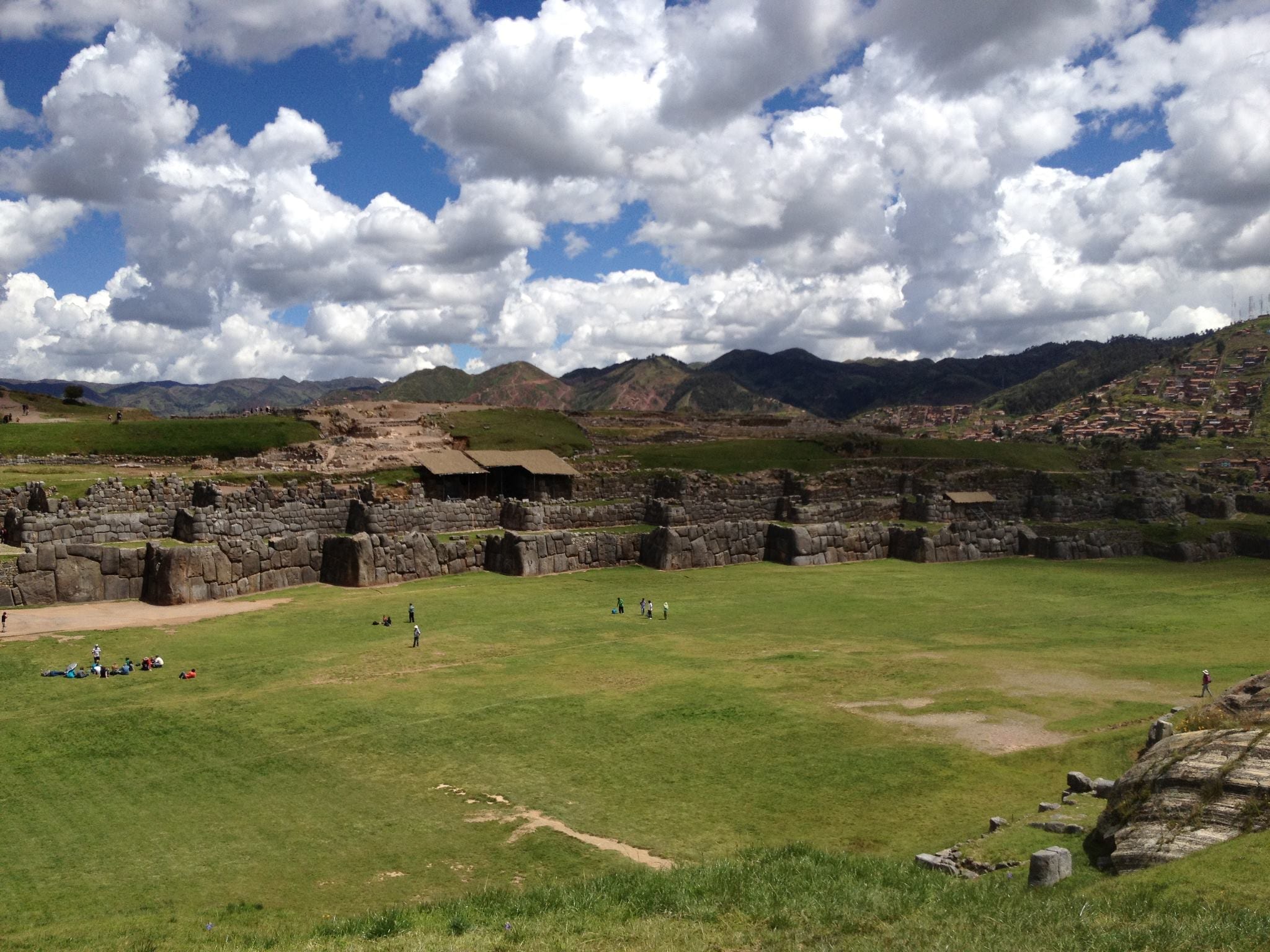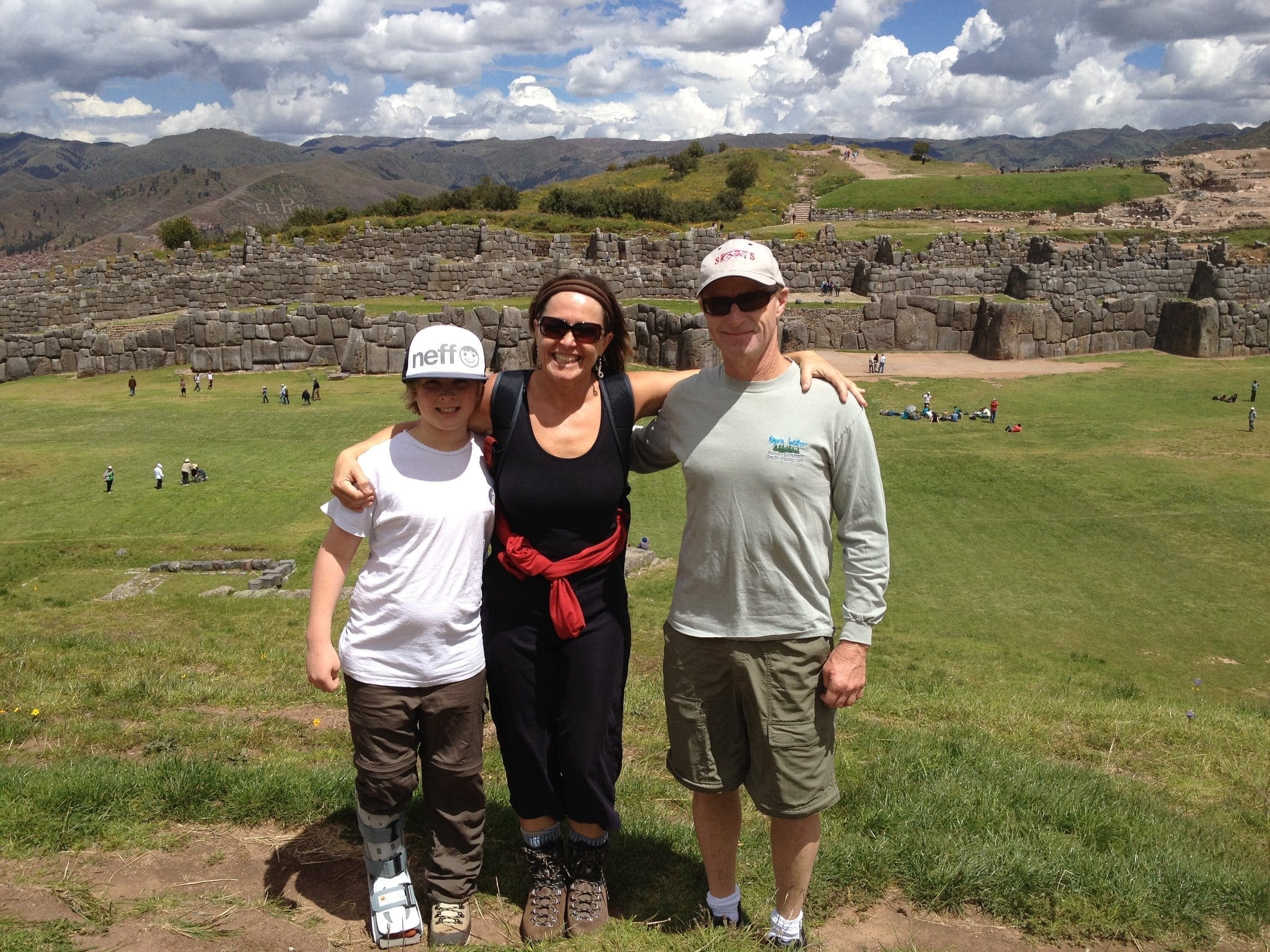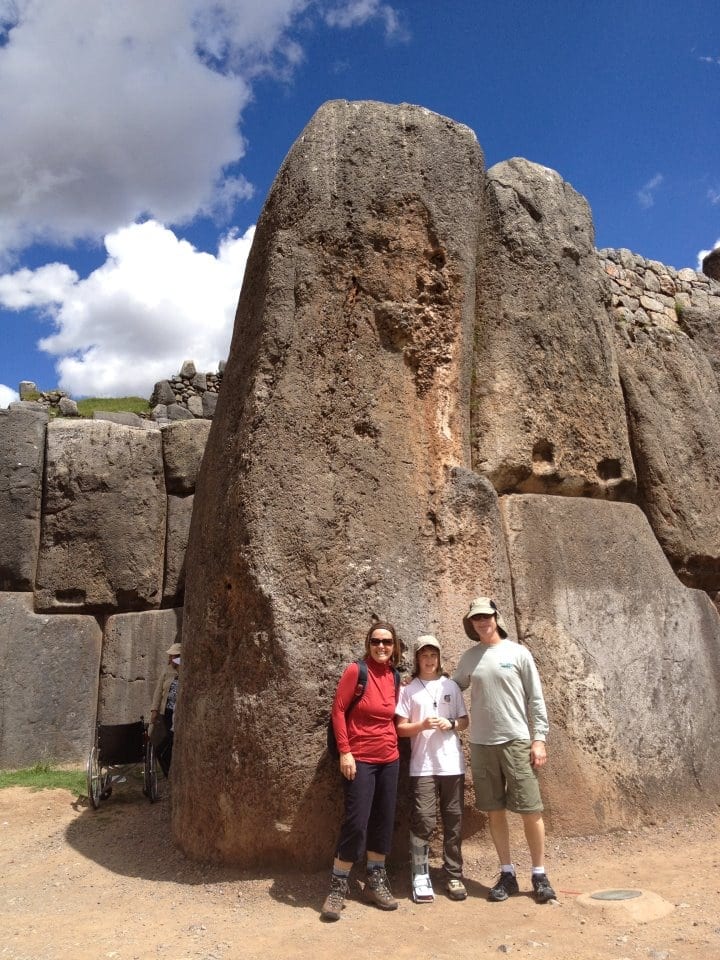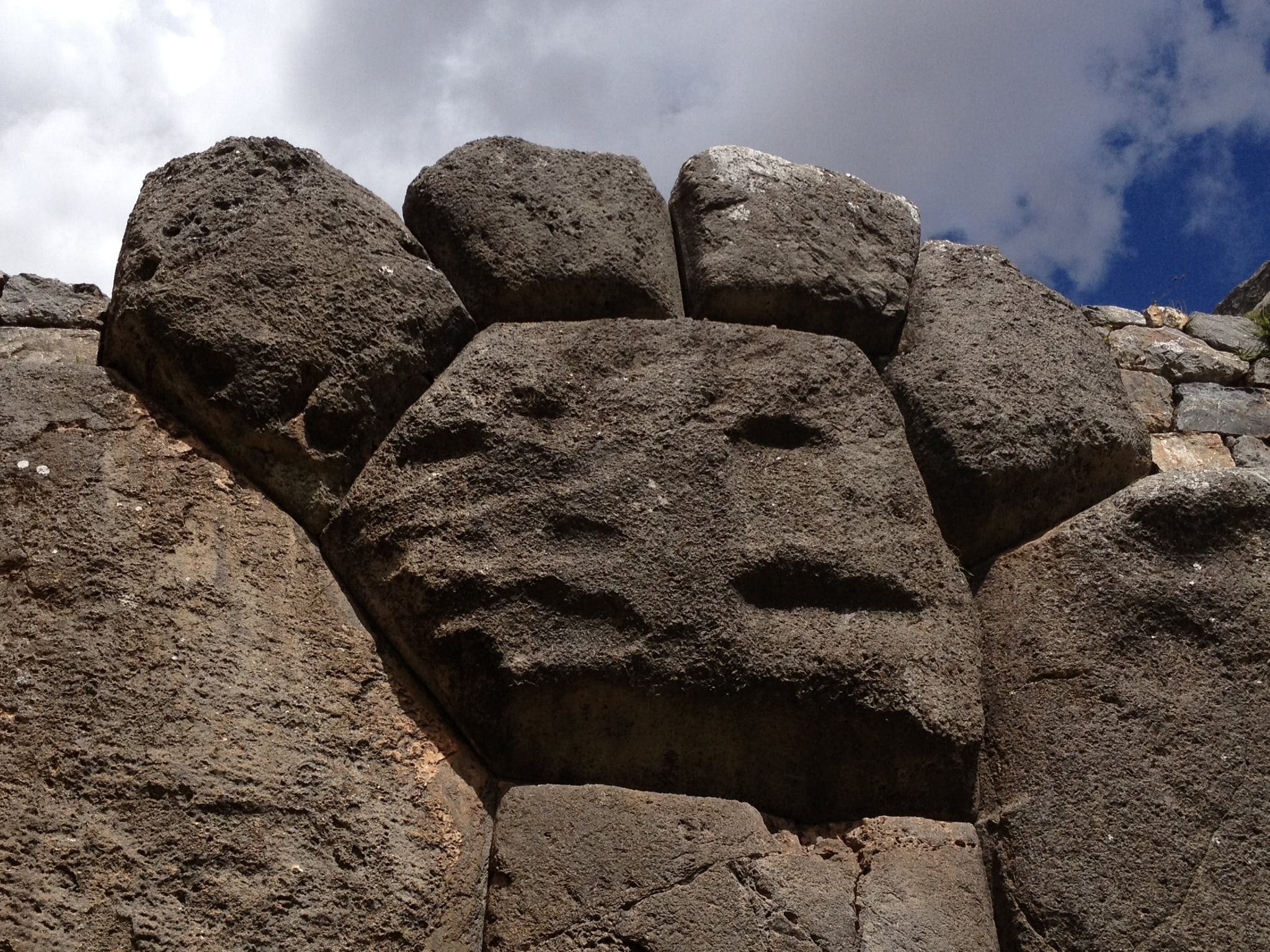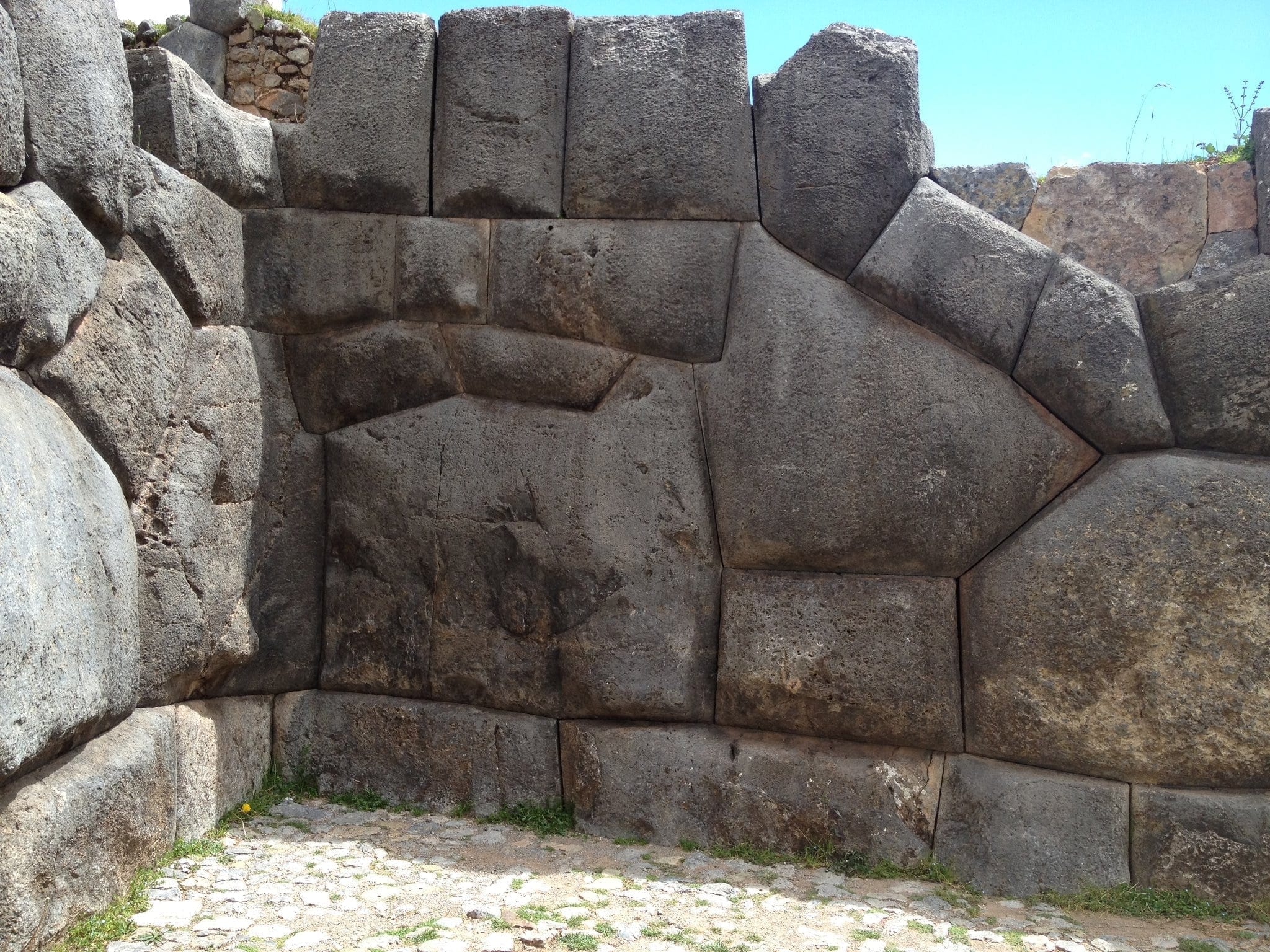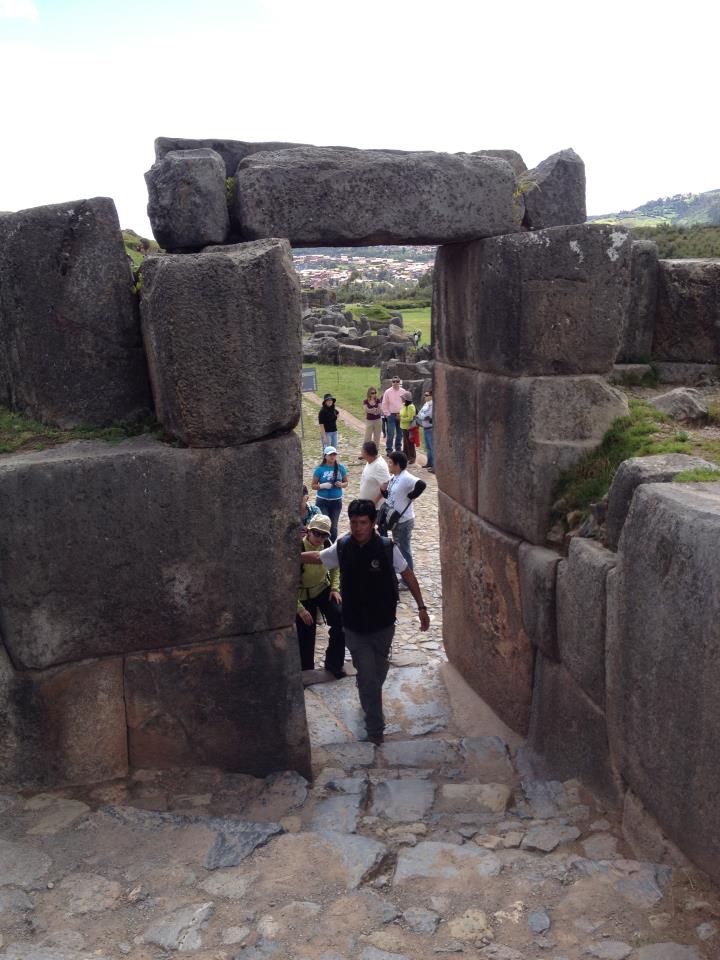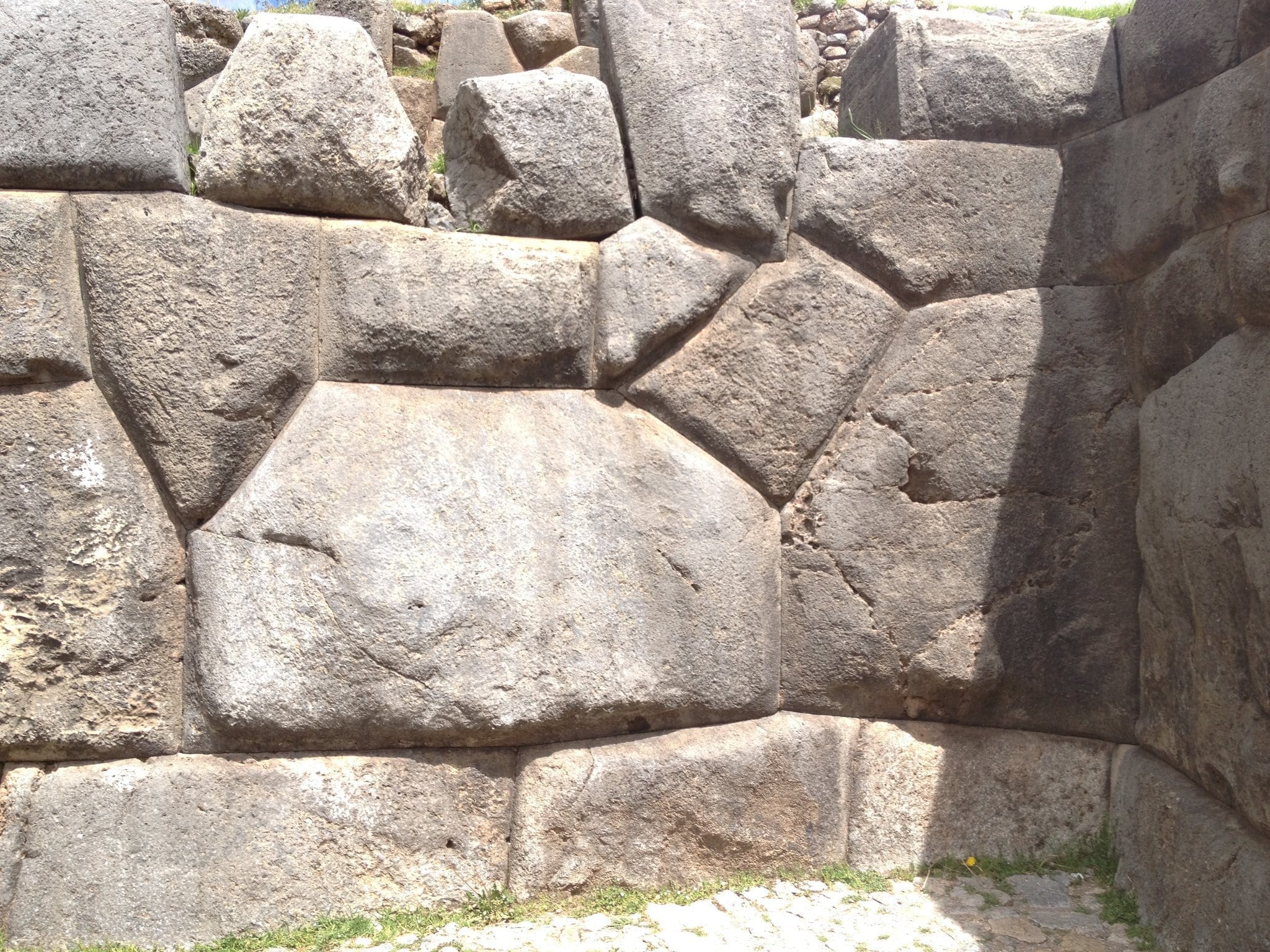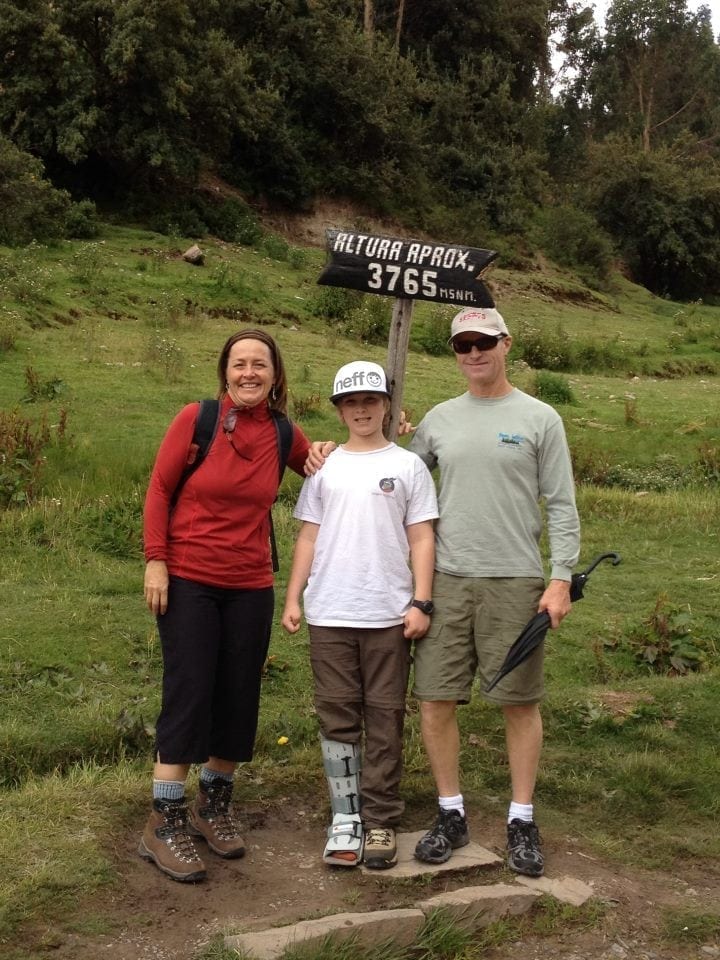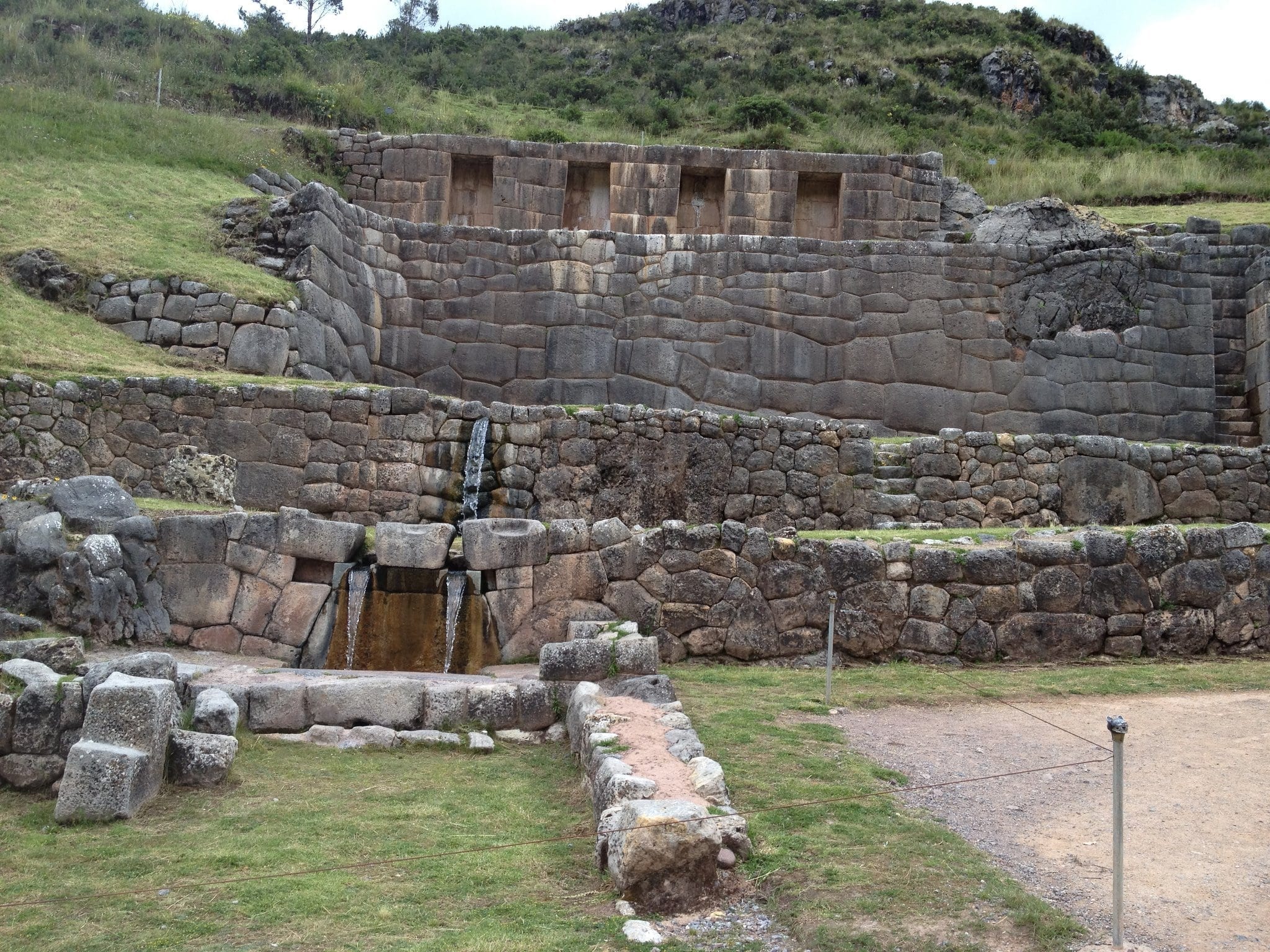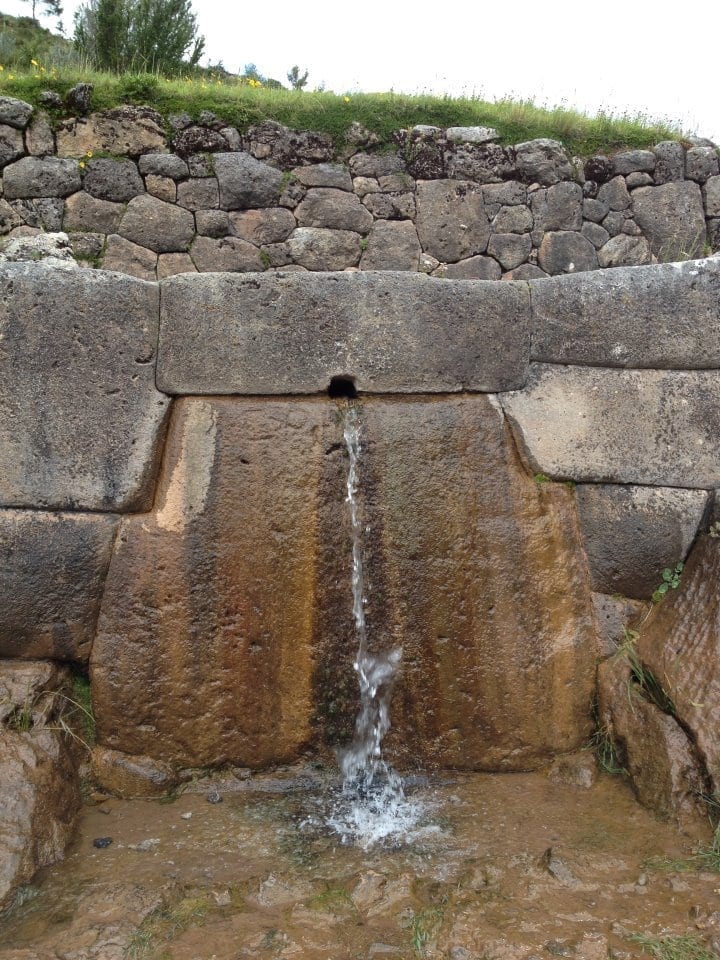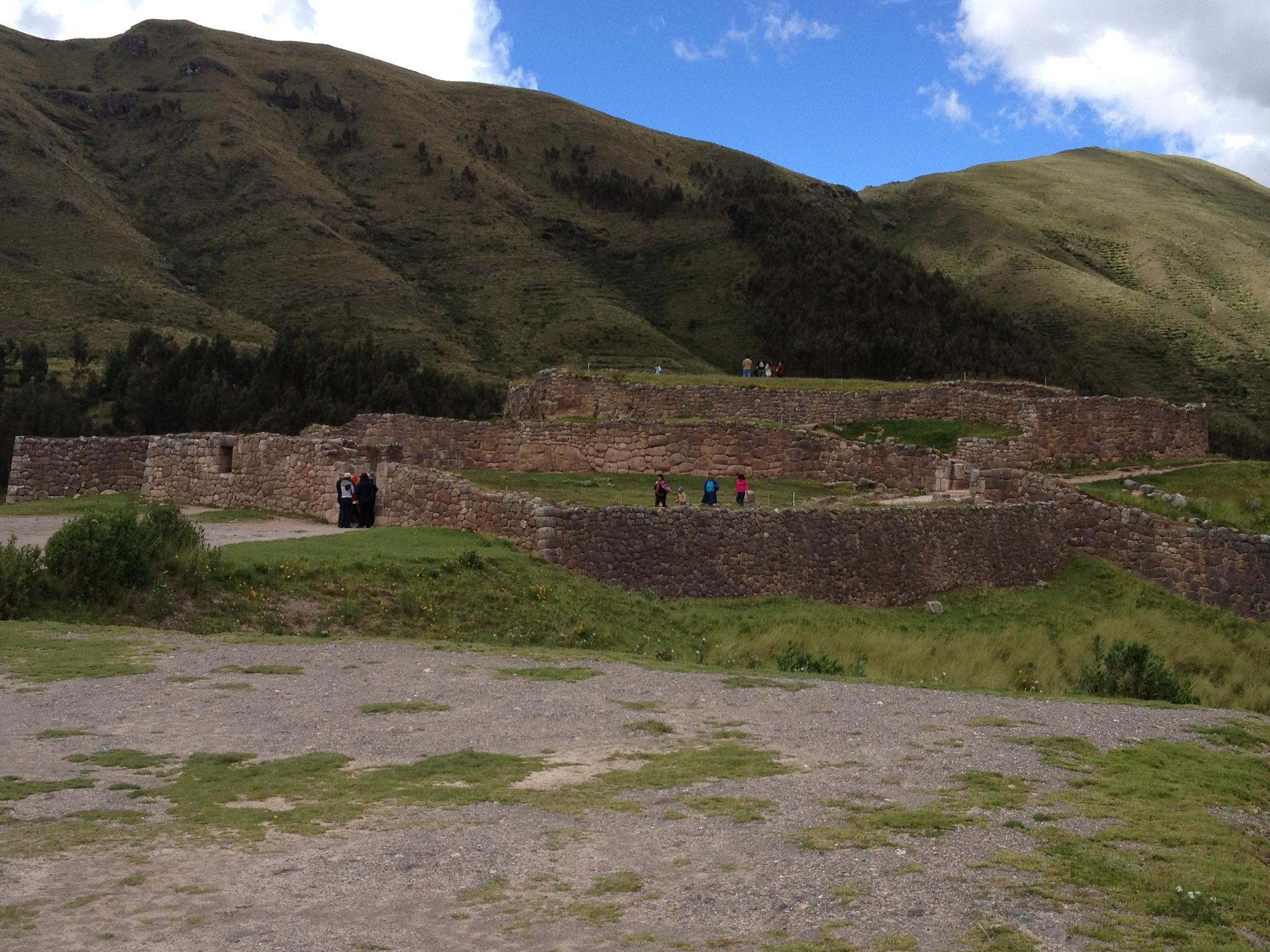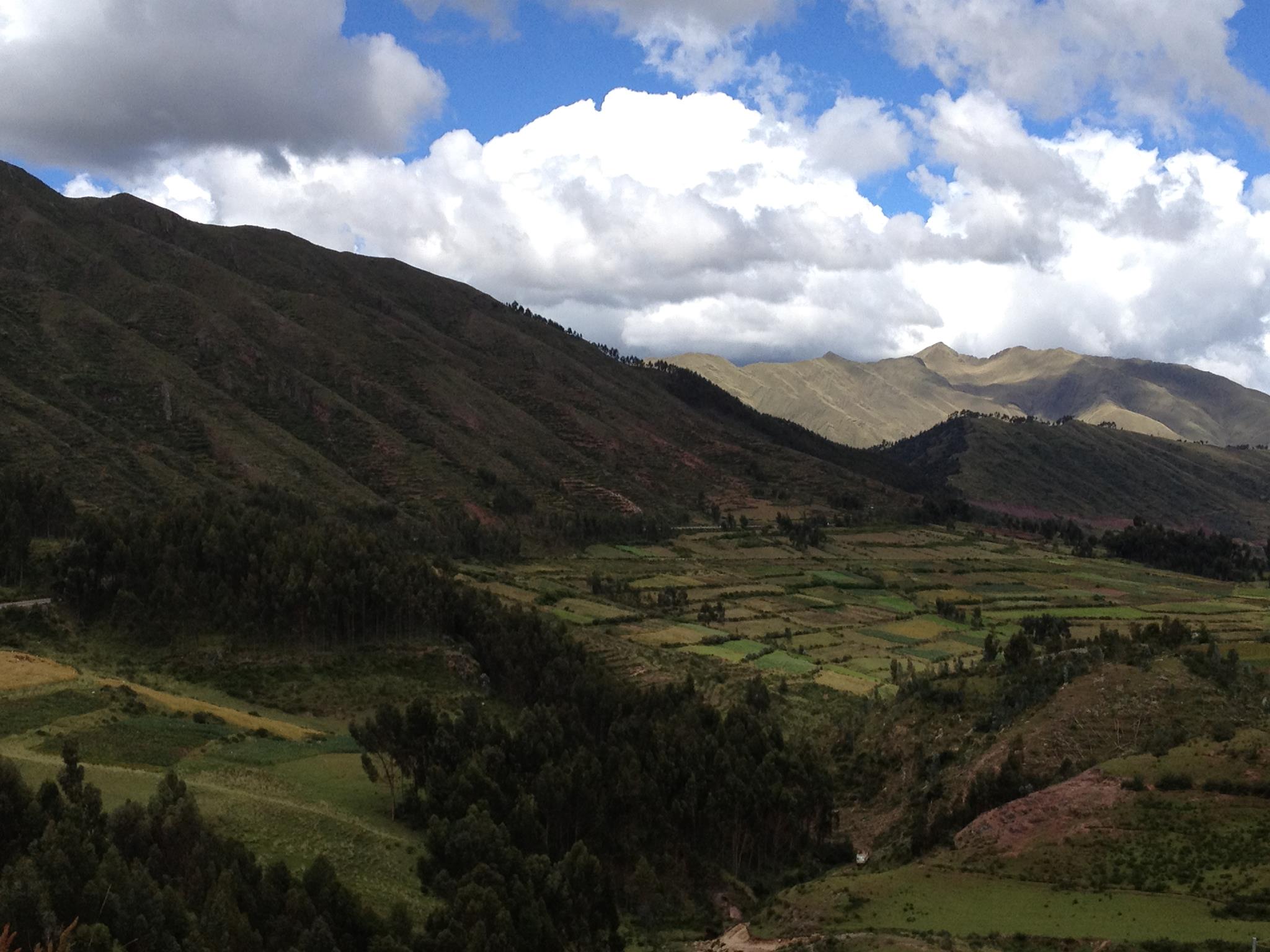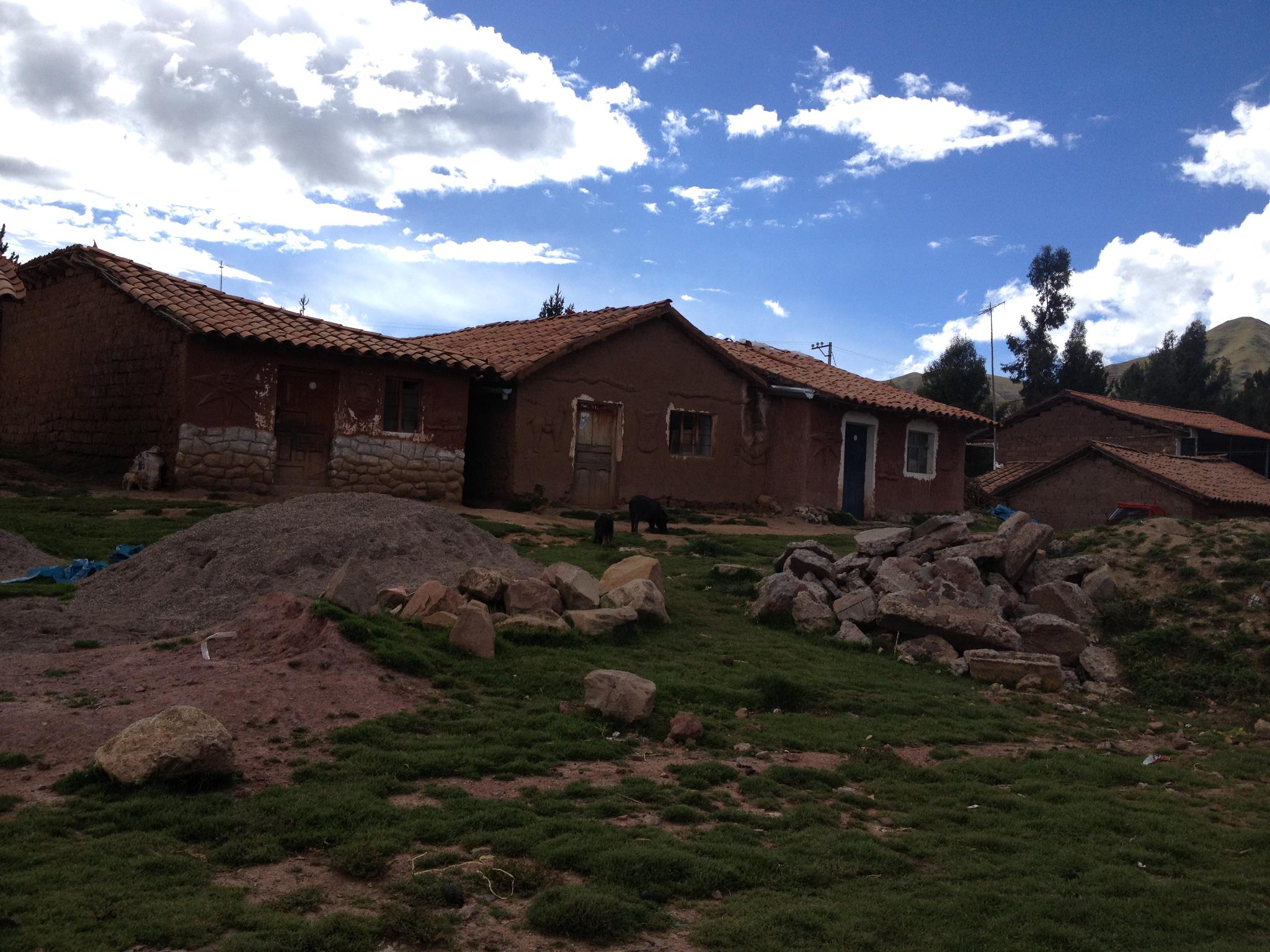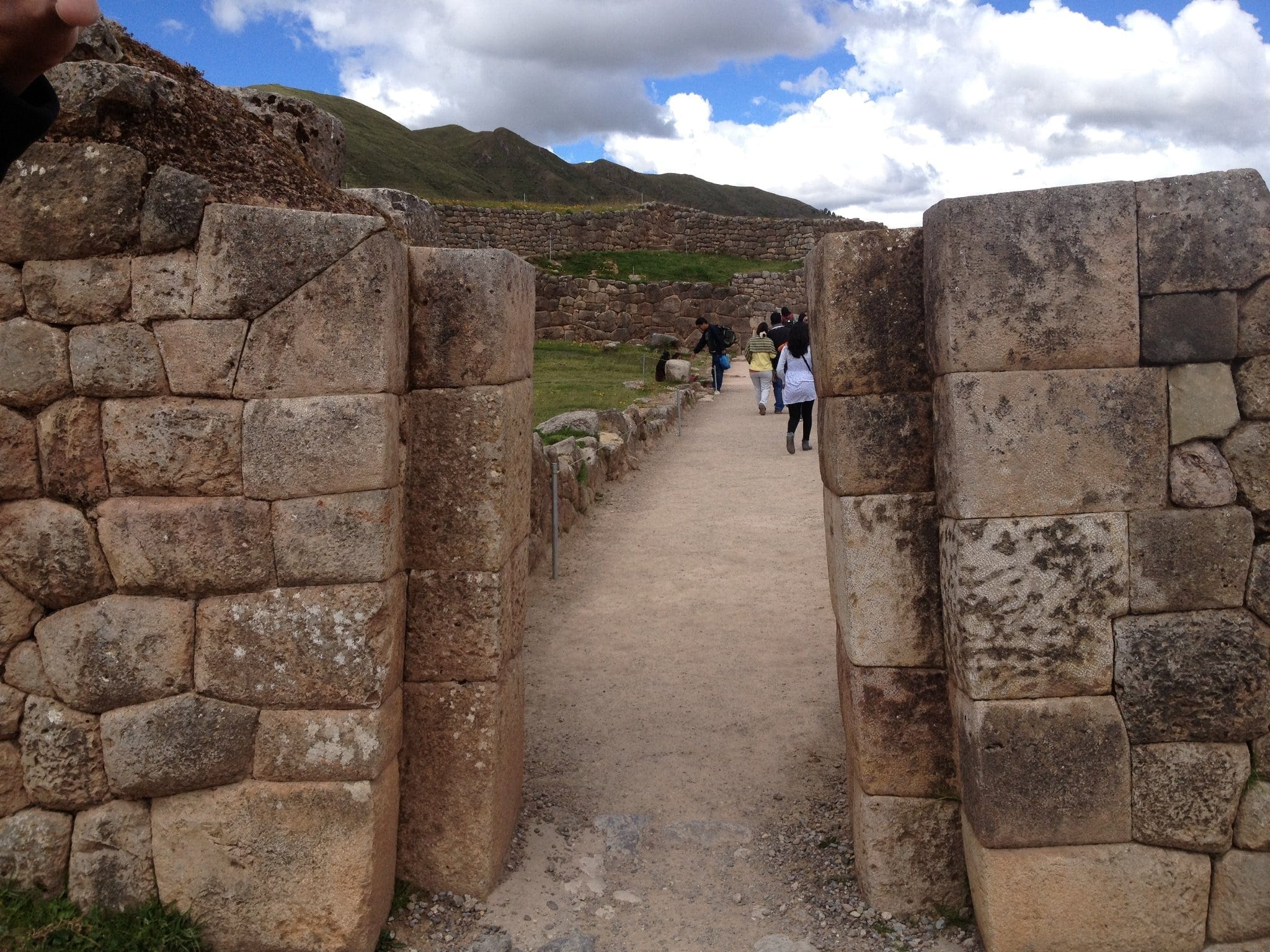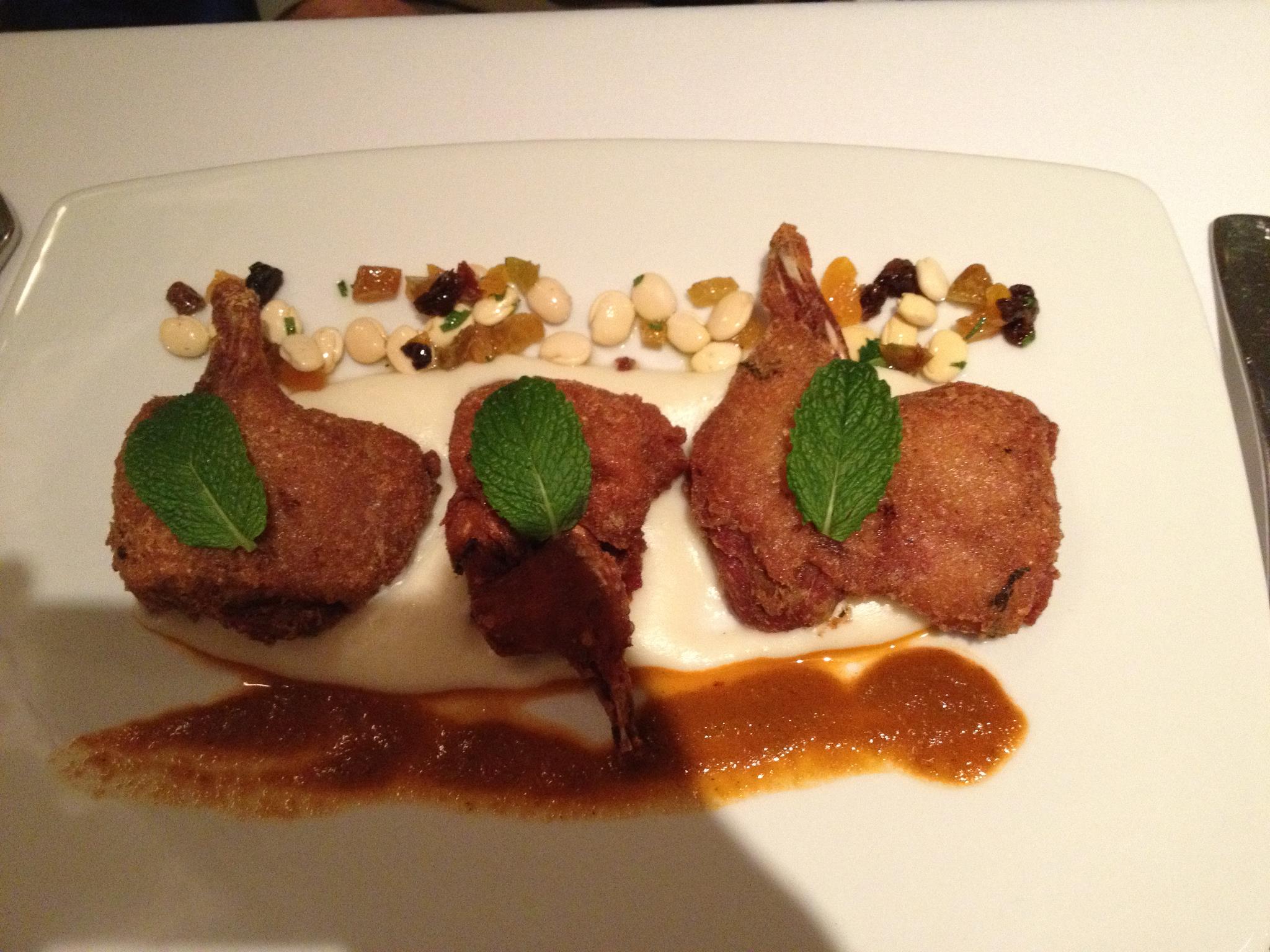Cusco, Peru, Day 4 of our trip to Machu Picchu
When my husband Jim told me he had booked a trip for us where we would hike into Machu Picchu over several days, I was not pleased. In fact, I was irritated about it. It is embarrassing to admit now, but I had no desire to go on vacation and hike and stay in remote lodges along the way. He was surprised. He had booked the trip as a surprise for me and thought I was going to be delighted when I found out. It turns out he was right. It was one of the most fantastic trips I have ever been on.
Once I wrapped my head around the fact that this was going to be a great trip, and we were going on it, I began training for it. The plan was to hike our way with a guided tour in to Machu Picchu along the Santa Teresa Trail. It is remote, and other than guides who have some first aid training there are no medical facilities. You are at a high altitude for the entire hike, and even if you are fit the altitude can become a factor. My goal with my training regimen was that I never wanted to have to think about putting 1 foot in front of the other. I wanted to be able to focus exclusively on the sites and the people around me. I was successful. At the time we were living at 6000 feet in the mountains in California. I began hiking in the mountains 4 to 6 miles a day, six days a week. By the end of it I was in great shape and so were my dogs. Our pug looked like the fittest, sleekest potato you have ever seen.
We hiked with a group of people, most of who did not train for this trip. One of the people who began the trip was even afraid of heights. If you are afraid of heights, you do not want to hike into Machu Picchu. If you do not train for this trip, or take comfortable waterproof or Gore-Tex hiking boots you are definitely going to spend a lot of the hike thinking about placing 1 foot in front of the other. It doesn’t sound too demanding sitting in a chair in Southern California thinking about hiking 37 miles over several days. It’s a different story when you’re actually doing that hiking in an unfamiliar country at altitude.
Before leaving I read the book Turn Right at Machu Picchu by Mark Adams. It just occurred to me that was the last book I read aloud to Sean, sniff…sniff… It wasn’t about Sean’s reading level, but I don’t think he would have finished the book without me reading it to him. The book takes turns staggering chapters. It staggers one chapter telling the story of Mark Adams’ journey hiking over Hiram Bingham’s path with another chapter telling Hiram Bingham’s story. Hiram Bingham has been credited with “discovering” Machu Picchu.
That is what coca tea looks like. These are the leaves cocaine is made from, but chemically they are no more like the cocaine people abuse than ephedrine is to crystal meth. The leaves have to be processed to become the drug. The tea is very mild and quite yummy. It tastes sort of like hay smells when it is freshly cut. It is recommended that low-landers drink it when visiting because it helps you to deal with the altitude. Which luckily we have not yet felt any ill effects from except being more out of breath than normal when we climb steps. Supposedly the tea is a mild stimulant, similar in strength to coffee. I am drinking it this morning because I don’t want to wake the boys up, and until they wake up coffee is not available. Our doctor suggested we drink the tea while here. She said, “The people in that area have been drinking it for thousands and thousands of years. They know what they are doing.”
The next few photos are a series showing a traffic jam in Cusco. The streets are so narrow my jeep would BARELY fit down the streets. The cars are driving fast, too. You have to hop out of the street when one is coming. The streets are two-way even though they are barely wide enough for one car. This jam had cars going in all directions.
These ruins are in the hills above Cusco. The name is Sacsayhuaman, which is pronounced sexy woman. It was spectacular. The Incans have been dubbed the Romans of the Americas, and when you visit a site like this you know why. This is also the site of one of the most bitter indigenous rebellions against the Spanish conquerors.
I have taken the following text directly from the site, http://www.world-mysteries.com/mpl_9.htm
“Sacsayhuamán (also known as Sacsahuaman) is a walled complex near the old city of Cusco, at an altitude of 3,701 m. or 12,000 feet. The site is part of the City of Cuzco, which was added to the UNESCO World Heritage List in 1983.
When the Spanish conquerors arrived first to these lands; they could not explain themselves how Peruvian “Indians” (ignorant, wild, without any ability of logical reasoning, one more animal species according to conquerors) could have built such a greatness. Their religious fanaticism led them to believe that all that was simply work of demons or malign spirits. Still today, many people believe in the inability of ancient Quechuas to create such a wonder, so they suggest that they were made by beings of some other worlds, extraterrestrial beings with superior technology that made all that possible. However, our history and archaeology demonstrate that those objects of admiration are an undeniable work of the Incas, Quechuas, Andean people or however pre-Hispanic inhabitants of this corner of the world would be named.
The imperial city Cusco, meaning ‘navel of the earth,’ was laid out in the form of a puma, the animal that symbolized the Inca dynasty. The belly of the puma was the main plaza, the river Tullumayo formed its spine, and the hill of Sacsayhuaman its head.
One of the most imposing architectonic complexes inherited from the Incan Society is Sacsayhuaman, which because of several of its qualities is considered as one of the best monuments that mankind built on the earth’s surface.
The wall or rampart is the most impressive section, built with enormous carved limestone boulders, this construction has a broken line that faces to the main plaza called Chuquipampa which is a slope with 25 angles and 60 walls.The biggest carved boulder of the first wall weighs about 70 tons and like all of the other rocks was brought from a quarry called Sisicancha, three kilometers away and where there are still rocks that were transported part of the way. Each wall is made up of 10 fronts with the most important ones known as Rumipunco, tiupunku, Achuanpunku and Viracocha punku.”
There are caves throughout these hills. Just like California, what is now Peru was once the seabed of an ancient ocean. These hills are made from limestone in many places. In others they are basalt.
When we arrived at Sacsayhuaman there were guides hocking their services at the front gate. We had never hired a guy before, and didn’t really feel the need, but we felt sorry for the guides because there were a lot of them and they were not asking for very much money. We learned something from this. Guides when you are at locations that you don’t know very much about are a good thing. Since then when we have visited sites where there are guides available, we always hire one. We have very seldom been disappointed that we did.
Do you see the face on the left side of the throne?
We are in a cave in a tunnel. There is a cave system all the way to Cusco from here, which would be a long way to dig a cave.
How the Incan funneled water into areas.
This is a burial site. Along the outer ring there were tombs. The inside was a lake. The Incans revered water so they had the mummified remains of some emperors looking out on this man-made lake.
That is not a throne; it was used as a model for stone size and shape. So the architect could say, “I want 100 of that size.”
Can you believe the guys almost didn’t slide down this?!? I have a saying when we travel, “We have to do this. We might never get this way again.” At least the boys are pretty good sports about it. One of my stepsons told me once that I had a reputation for talking to random-assed people all over the world. I don’t usually cuss on my blog but I am proud to say that he’s right. I do. I often have friends tell me that I would be the perfect person to travel with. I am not sure that everyone would actually like to travel with me. I am not the sit on a beach and read a good book on a vacation type. I am the let’s see every single thing that there is to see and meet as many people who live here as possible type. We usually come home from our vacations exhausted.
There are 4 theories about the shape of this wall 1. Puma teeth 2. Snake 3. Lightening 4. To prevent it from falling when earthquakes occur. Cusco is on a fault line. There have been three major earthquakes since it was constructed, and it has withstood them all.
Look how little he is. Now Sean is the tallest of the three of us. If you’re wondering what the deal is with his foot, I will tell you in a day or so in a shorter post.
The Incan’s had no heavy machinery and no draft animals. It is still just a matter of theory as to how these were built.
Do you see the puma foot?
What about the guinea pig? These rocks are absolutely huge by the way.
These are Incan doorways. They reminded me of Ireland. Lots of piles of stones always remind me of Ireland.
This is a llama. A piece of paper could not fit between any of the rocks, and all the angles and offsets from one rock to another are on purpose. It is an ancient form of earthquake proofing.
We are standing at 12,352.4 feet in altitude.
The next site we went to was called Tambomchay. Tambomachay is an example of Incan baths, aqueducts, and temples. The volume of water is always the same coming through the holes.
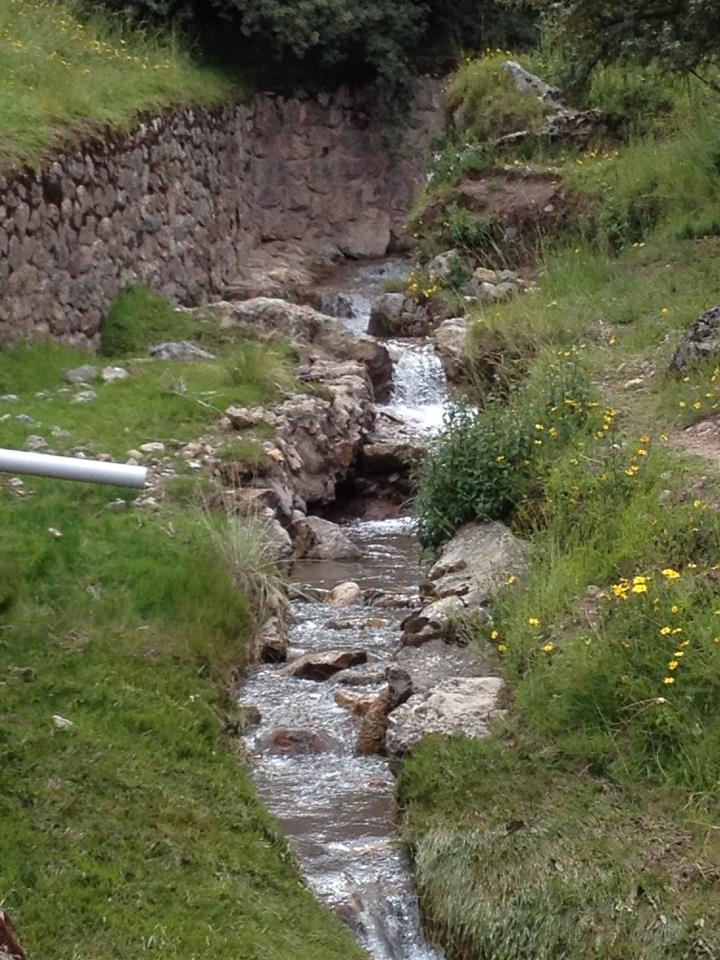
This creek is lined for 2 km up with stones that were put there during Incan times. This is just the beginning of our trip; by the end we were convinced that Roman masons had nothing on the Incan’s.
The next stop was Pukapukara, the red fortress, named that because of the red rocks used. It was a military garrison built to protect the valley, because it is at a high point.
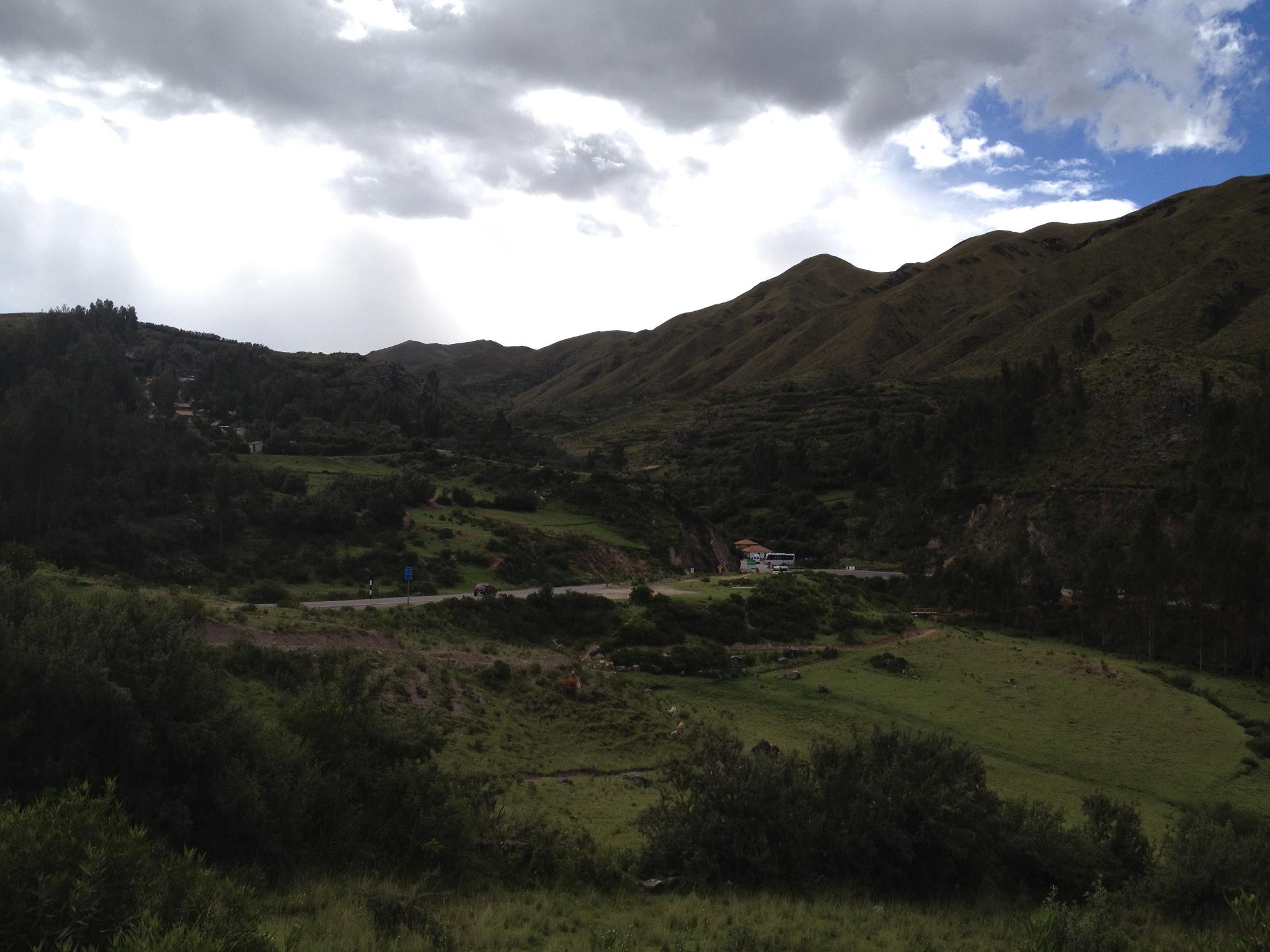
The Incan baths where we just were.
At 11,000+ feet altitude they grow mainly root vegetables. Peru is on the equator so even at 12,000 feet it never snows.
These are representative of the local houses around Cusco.
More earthquake-safe building. Think of a doorway shaped this way as the difference in stability when you plant your feet shoulder width apart and when you stand with them together tightly. If someone tried to knock you over, which would be more stable, your feet shoulder width apart or tightly together?
Jim ate guinea pig drumsticks. He says Jojo and PJ, our guinea pigs, have nothing to worry about.
Check out my post about days one through three here and day five here.

